
10 Landscape Painters Today You Need To Know
A Visual Anthology
So, let’s start by answering the big question here. Who are the most famous modern and contemporary artists at this moment? The most famous modern and contemporary artists are Andy Warhol, Pablo Picasso, Gerhard Richter, Joseph Beuys, Bruce Nauman, Cindy Sherman, Louise Bourgeois, Georg Baselitz, Sigmar Polke, and Thomas Ruff. However, this top ten is very interchangeable with dozens of other artists who merit having a place on this list. For this reason, we believe a top ten is too arbitrary and not representative of such a large query as the most influential modern and contemporary artists.
Doing so, we have added the following artists to this article resulting in the ultimate top hundred list of the most influential artists of the modern and contemporary era. It is time to discover them one by one below, but before we do, please keep in mind that this list is not the way to be interpreted as absolute.
Taking the first spot in this article, we encounter the illustrious American artist Andy Warhol. Andy Warhol, born in Pittsburgh, Pennsylvania, on August 6, 1928, was a modern and contemporary artist who passed away at age 58 in New York City on February 22, 1987. Warhol is arguably the most crucial figure of the Pop Art art movement, working in film, photography, printmaking, and painting.
As a result, Andy Warhol is the creator of some of the most iconic artworks of the 20th century and is a highly influential artist today. Think of his beyond-famous Marilyn Monroe portraits (see image above), but also his Campbell’s soup cans, his experimental films, and much more. Warhol combined consumer culture with art, dissolving the boundaries of high art and popular culture.
International established (mega)galleries such as Gagosian Gallery or Thaddaeus Ropac continue to work with Warhol’s legacy. As a result, Warhol continues to influence the contemporary art scene and still is one of the most exhibited artists of this moment. We find his works in numerous collections of major institutions such as the Museum of Modern Art (MoMA) in New York City or Centre Pompidou in Paris. The auction record of Warhol’s artwork is a whopping $105 million.
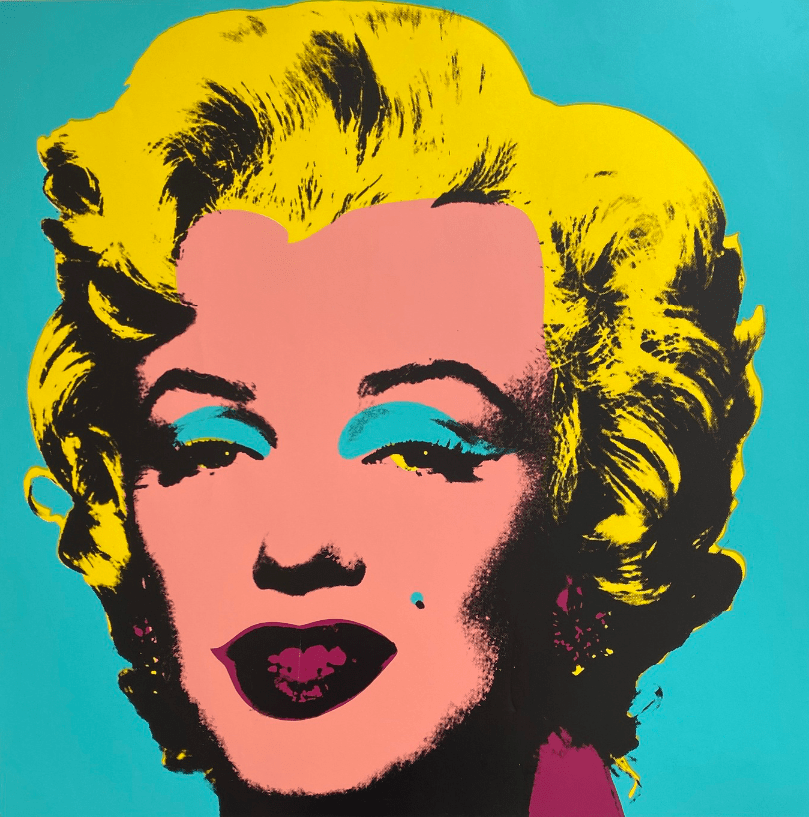
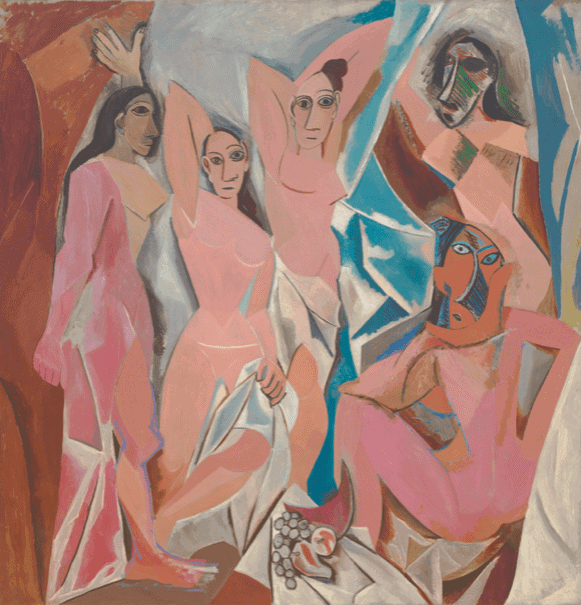
Pablo Picasso, born in 1881 in Malaga, Spain, was a modern artist passing away in 1973 in Mougins, France. Picasso is one of the undisputed most influential artists of the previous century. He is known as the pioneer of Cubism, pushing painting towards (representational) abstraction during the first few decades of the 20th century.
Inspired by African art, such as masks, Picasso deconstructed representational paintings into two-dimensional picture planes. In doing so, Picasso was a true pioneer for modern painting resulting in Cubism but also contributing to surrealism and expressionism, to name a few. Picasso’s legendary walk of life resulted in more than 20.000 artworks, encompassing painting, drawing, sculpture, and printmaking. However, Picasso is best known for his mind-boggling and iconic paintings such as Guernica (1937) or Les Demoiselles d’Avignon (1907) (see image above).
Industry-leading art galleries like Gagosian or Pace keep Picasso’s legacy alive. His works can be found in almost any major institution with a collection of Modern Art, such as Tate in London, Centre Pompidou in Paris, or the Museum of Modern Art (MoMA) in New York. His works have been sold at auction for over $100 million.
The bronze goes to Gerhard Richter, born in 1932 in Dresden, Germany. Richter is best known for his ongoing examination of painting as a medium an sich, resulting in a highly influential painterly practice. As a result, Gerhard Richter is number one in our article The 20 Most Famous Painters Today.
His painterly oeuvre shifts from photorealism paintings to pure abstraction, as no other artist was able to do before. His research of the image and its relationship with photography resulted in photorealistic figurative paintings with a blurred effect hovering over them.
Richter is exhibited and collected by the most important institutions, such as Tate Modern or Centre Pompidou, and sold at auction for over $25 million. As a result, Richter’s impressive career spanning over half a century results in the highest ranked living artist from our ultimate top 100 list of the most influential modern and contemporary artists.
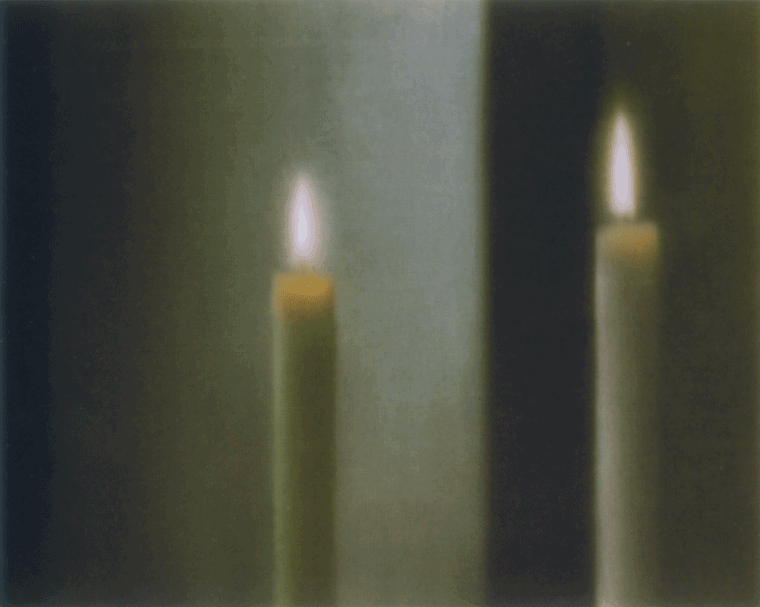

Joseph Beuys, born in 1931 in Krefeld, Germany, is a contemporary artist and art theorist who passed away at age 64 in 1986 in Düsseldorf, Germany. Joseph Beuys was a highly influential artist and theorist encompassing performance, installation, printmaking, drawing, and his own social sculpture.
Beuys is connected to the Fluxus art movement and produced art as a catalyst for a revolutionary social transition of society. His works are always related to a particular philosophical or humanist message. This conceptual approach resulted in several iconic projects, such as living with a coyote for three days (exactly!).
Bruce Nauman, born in 1941 in Fort Wayne, Indiana, is an American artist with an illustrious career spanning over five decades. Nauman is best known for his experimental oeuvre encompassing various media such as sculpture, drawing, printmaking, photography, video, neon, and even sound installation.
In doing so, Bruce Nauman questions the human experience in an often humorous yet unsettling manner. The visitor becomes aware of its existence and physicality. As a true postmodern artist, Nauman incorporates language into his visual language. Text-based artworks, often using neon, are one of the many iconic innovations by the American artist.
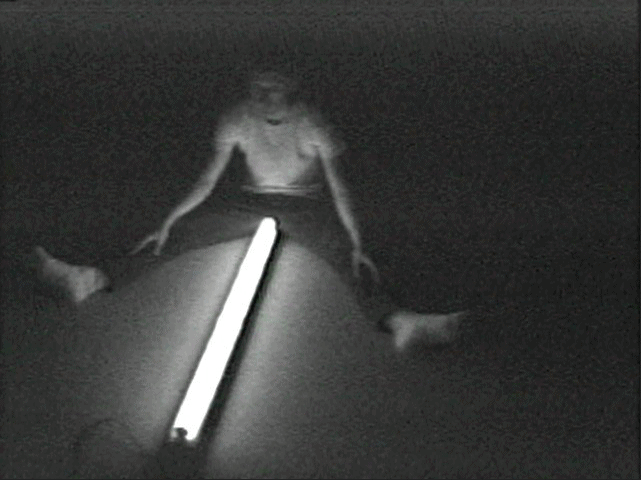
Cindy Sherman, born in 1954 in Glen Ridge, New Jersey, the United States of America, is a contemporary artist best known for her photography. Sherman is a significant figure from the ‘Pictures Generation’ and has been one of the most influential artists of the previous century.
The self-portrait dominates Sherman’s photographic oeuvre. Sherman depicts herself in various contexts and takes on different characters. As a result, although remaining true in a meaningful manner to self-portrait photography, her oeuvre is marked by an immense variety. In doing so, the female artist has been omnipresent in the art scene since the 70s, resulting in seven figures in auction sales.
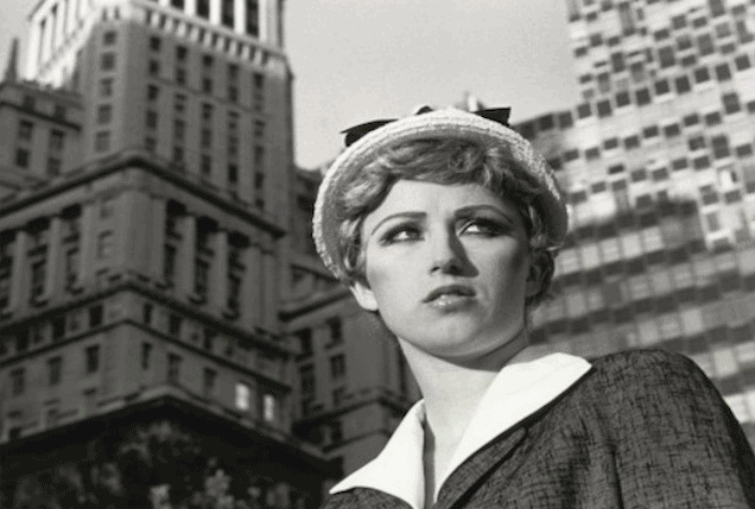
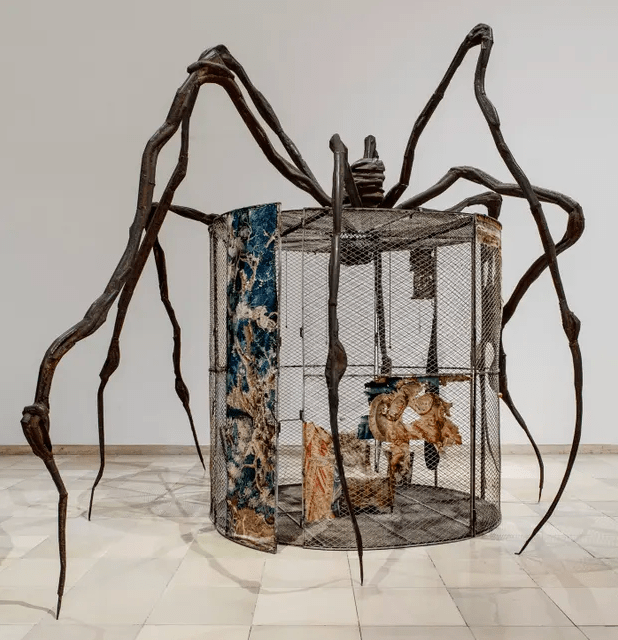
Louise Bourgeois, born in 1991 in Paris, France, passed away at 98 in 2010 in New York City, the United States of America. Bourgeois is a legendary French-American artist best known for her large-scale sculptures and installations.
In the tradition of Feminist Art, Bourgeois explored gender identity concerning her own psychology. She is lauded internationally for her monumental three-dimensional artworks, such as her giant spider sculptures, but also her artist editions, paintings, and printmaking.
Bourgeois defies categorization as she can be associated with numerous movements without being pinned down to a particular style or tendency in contemporary art. As a result, she is associated with Feminist Art, Abstract Expressionism, Surrealism, and Conceptual Art. Her work has been exhibited worldwide and features in the most important private and public collections, with auction sales above $25 million on the secondary market.
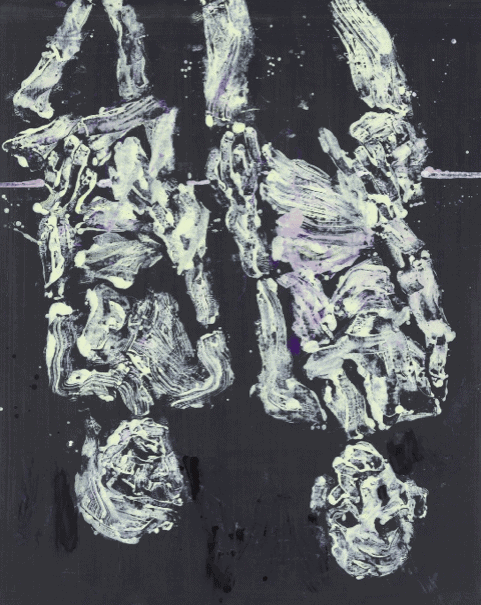
Georg Baselitz, born in 1938 in Deutschbaselitz, Germany, is one of the most famous painters today. Baselitz is best known for his oeuvre, combining abstraction with figuration by depicting expressively painted figures upside down.
In doing so, Baselitz turned the art world upside down, resulting in international recognition in particular since the 70s and 80s of the previous century. The German artist became one of the critical figures of Neo-Expressionism and is one of the main reasons for the revival of representational painting. The seven figures auction results followed on the secondary market, as Baselitz nested himself in the canon of contemporary painting.
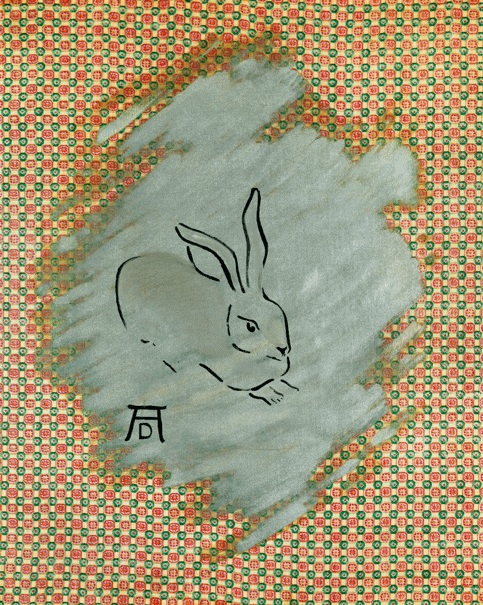
Sigmar Polke, born in 1941 in Oels, formerly Germany, now Olesnica, Poland, passed away at 69 in Cologne, Germany. Polke was a German artist best known for his paintings and photographs pioneering the art movement of Capitalist Realism.
Polke is often lauded as a true alchemist in the arts as he used various photographic techniques in combination with printing and painting. Polke transforms images and media into what is now considered a contemporary approach to painting, making him one of the most influential figures in the Post-War era. With Capitalist Realism, Polke takes on consumer culture with his contemporaries such as Gerhard Richter and Konrad Fischer. Sigmar Polke features in all significant public and private collections, with an auction record of $27 million on the secondary market.
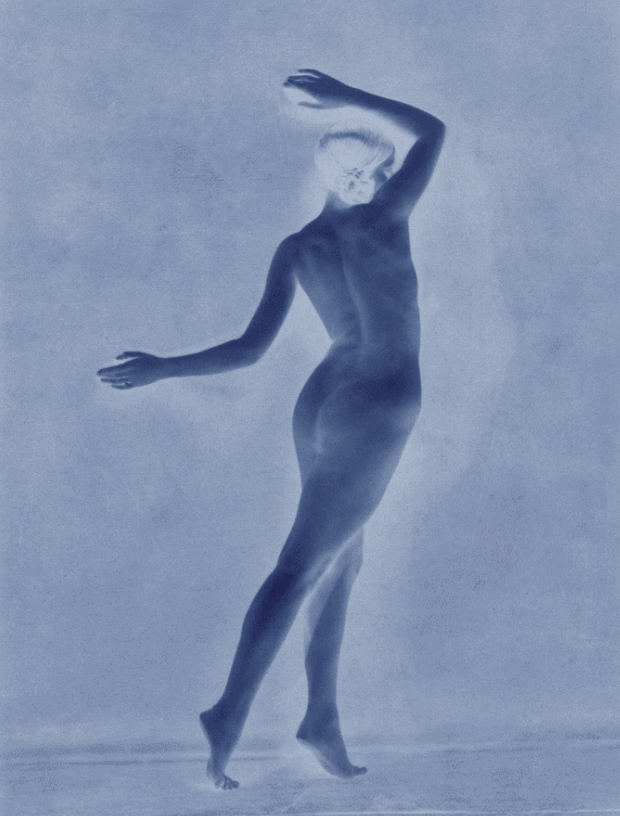
Thomas Ruff, born in 1958 in Zell am Harmersbach in Germany, is a contemporary artist focused on fine art photography, living and working in Düsseldorf, Germany.
The artist explores the possibilities of the medium of photography, experimenting with various analogical and digital techniques and pushing the boundaries of photography. His subjects are marked by a powerful variety, encompassing nudes, pornographic images, architecture, abstract forms, landscape photography, and portrait photography.
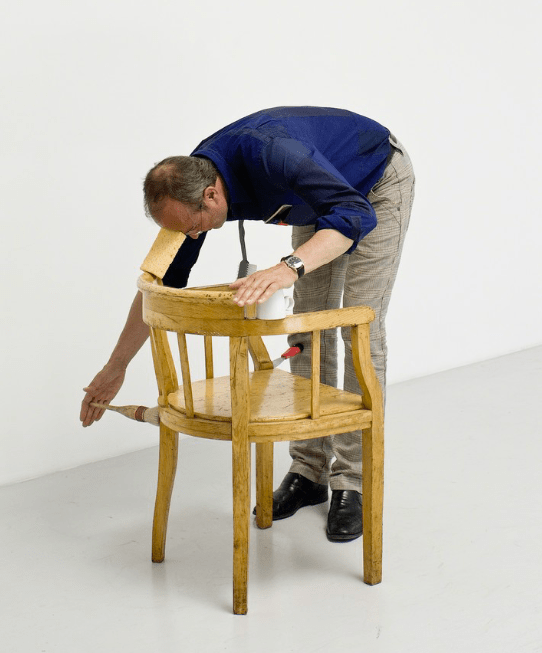
Erwin Wurm, born in 1954 in Bruck an der Mur, Austria, is a contemporary artist living and working in Vienna, Austria. Wurm is best known for his conceptual multimedia practice, encompassing installation, sculpture, photography, video, and performance.
Wurms – often interactive – sculptures or installations are occupied with everyday life. With a strong sense of humor and a critical mind, Wurm creates sculptures tackling formalism and Western society. At first, his works may seem like a prank or a joke by the artist. However, when uncovering the layers of the artwork, we are confronted with serious criticism. Think of his highly interactive One Minute Sculptures in which the spectator needs to take on the designated pose. What seems to be a joke is, in fact, a complicated task to complete.
Robert Rauschenberg, born in 1925 in Port Arthur, Texas, is an American painter who passed away at 82 in Captiva, Florida, the United States of America. Rauschenberg is best known for his expressive paintings and assemblages containing three-dimensional objects, defying the distinction between painting and sculpture.
His impressive career, spanning over six decades, is strongly connected to the art movements of Neo-Dada and Abstract Expressionism. Rauschenberg painted on pretty much everything, such as collages, photographs, silkscreen prints, or even everyday objects. The American artist has significantly impacted the post-war art scene, resulting in an auction record of $88 million at Christie’s on the secondary market.
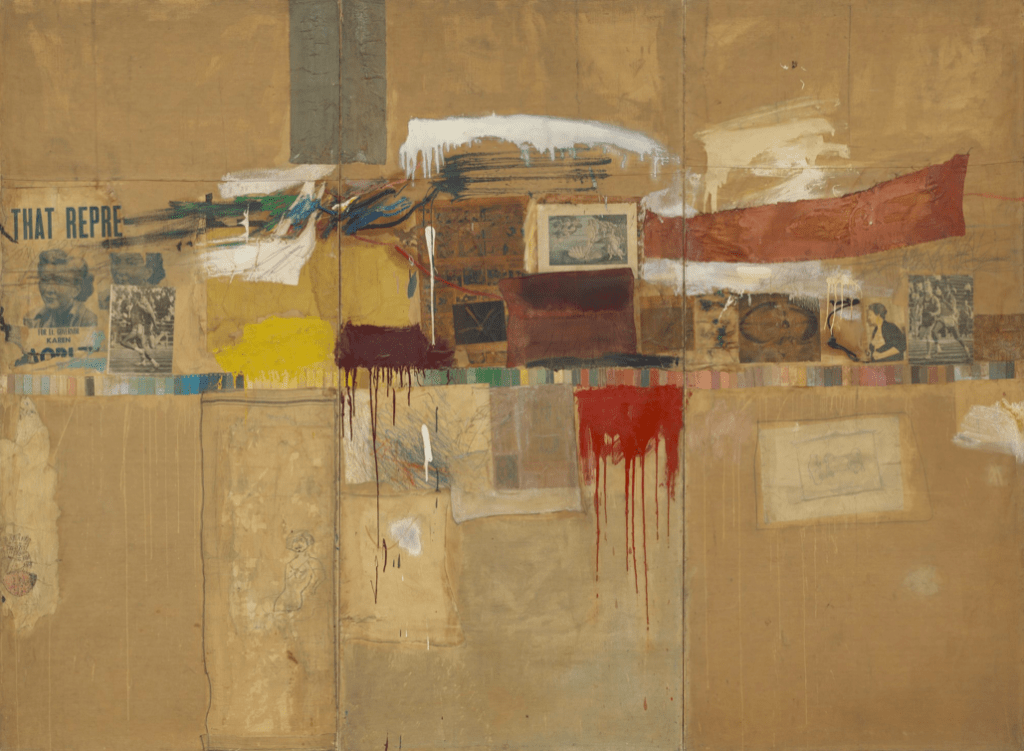
John Baldessari – born in 1931 in California and passed away in 2020 in Los Angeles, the United States of America – was an American conceptual artist who lived and worked in Santa Monica and Venice in California.
Baldessari was a true pioneer of the era of Conceptual Art. Before exploring the possibilities of Conceptual Art, Baldessari was a painter but was very soon interested in found photography and the appropriation of images. As a result, the American artist was occupied with appropriation, authorship, the image, but also language, popular culture, and iconography.
His artistic practice achieved international recognition, encompassing painting, photography, collage, installation, performance, printmaking, and artist editions. As a result, his works can be found in all major institutions, such as the Museum of Modern Art (MoMA) or the Guggenheim Museum in New York. The seven figures auction results on the secondary market followed as well, making Baldessari one of the most influential artists of the contemporary era and Conceptual Art in particular.
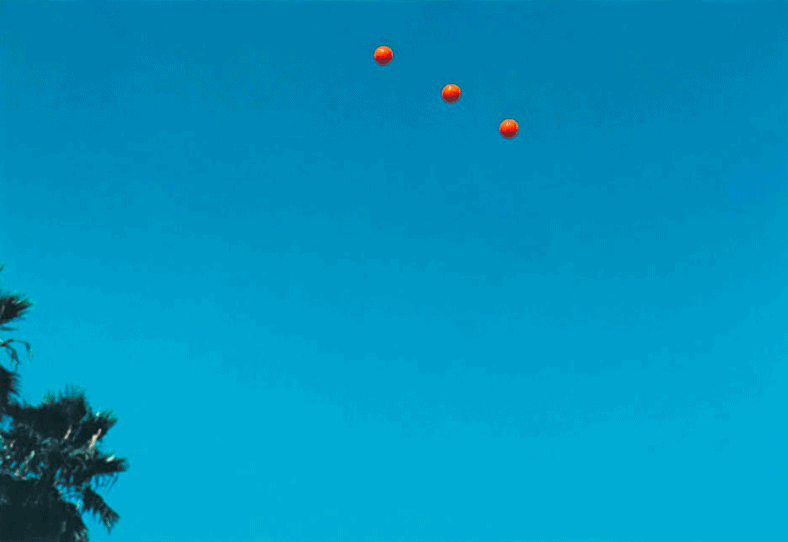
Wolfgang Tillmans, born in 1968 in Remscheid, West Germany, is a contemporary photographer living and working in London, the United Kingdom, and Berlin, Germany. The German artist is best known for his diverse oeuvre capturing his surroundings by observing nightclubs, his friends, still lifes, and everything in between.
The German artist is one of his generation’s undisputed most influential photographers but is also occupied with installation and set design. Further, Tillmans was the first ever photographer and non-British artist to win the renowned Turner Prize at the turn of the millennium in 2000.
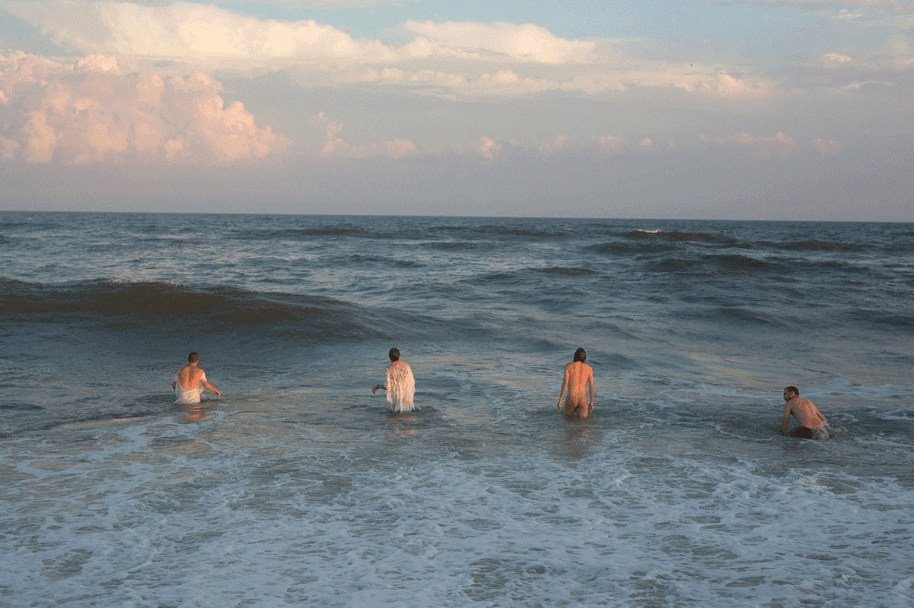
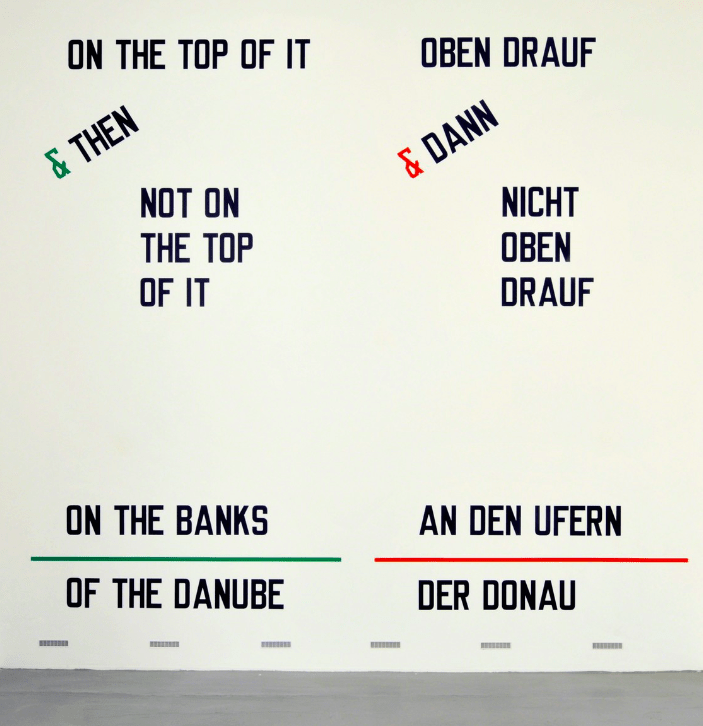
Lawrence Weiner, born in 1942 in the Bronx, New York, is an American conceptual artist living and working in New York City, the United States of America. As with Baldessari, Weiner is one of the pioneering figures in the historical era of Conceptual Art, making him one of the most influential artists of the second half of the 20th century.
Lawrence Weiner is best known for incorporating language into his artistic practice. As a true postmodernist, Weiner approaches language as a structural element for meaning, resulting in language-based sculptures and artworks, going beyond the traditional forms of sculpture and inspiring many of his contemporaries.
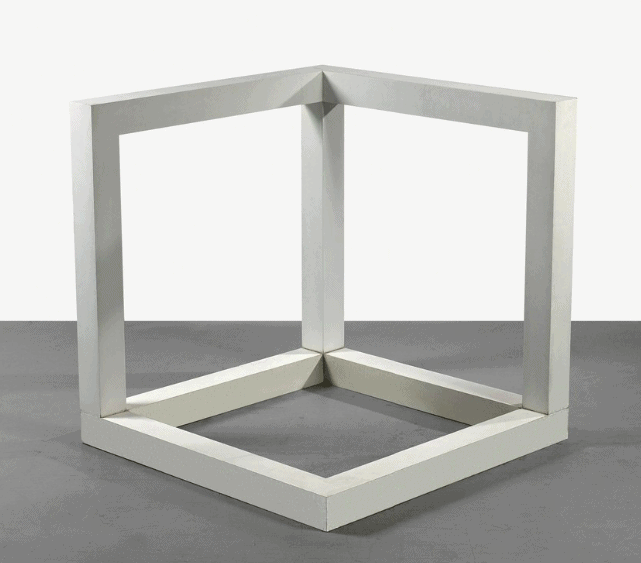
Sol LeWitt – born in 1928 in Connecticut and passed away at the age of 78 in New York City, the United States of America – was an American artist and a leading figure in Conceptual Art and Minimalism. LeWitt was best known for his wall drawings, geometric drawings, or geometric sculptures, which he called structures.
Further, LeWitt’s practice consisted of painting, photography, writing, printmaking, installation, and sculptures or structures. Doing so, the American conceptualist and minimalist features in almost all significant public and private collections.

Rosemarie Trockel, born in 1952 in Schwerte, Germany, is a conceptual artist best known for her paintings, drawings, sculptures, installations, and videos. She holds a prominent position in Germany’s conceptual art landscape, widely recognized as one of its most important and influential artists. Her diverse artistic disciplines encompass sculptures, collages, ceramics, knitted works, drawings, and photographs, each distinguished by subtle social critique and a myriad of subversive, aesthetic strategies.
Trockel’s oeuvre is characterized by a bold reinterpretation of “feminine” techniques, a cleverly ironic manipulation of cultural norms, an appreciation for paradox, and an unwavering refusal to conform to the conventional ideologies imposed by the art system. Trockel first made a lasting impact during the 1980s with her series of machine-knitted wool paintings. Emulating abstract paintings, these artworks feature monochrome or intricate patterns, incorporating speech bubbles, trademarks, and logos. Rich with art-historical references, they draw inspiration from Pop art, minimalism, Op art, and modernist abstraction. Through this exploration, Trockel fearlessly confronted the patriarchal dominance of the art world, utilizing a medium traditionally associated with domestic work to challenge societal perceptions and redefine the artistic medium.
The essence of Trockel’s oeuvre lies in a ceaseless process of collecting, overwriting, and re-ordering, both materialistically and conceptually. This impulse is evident in her recent Cluster (2015–present) works, wherein digitally reconfigured photographs form visual diaries for various exhibitions with idiosyncratic logic. Likewise, her recent collages employ diverse materials on painted wooden frames in an assemblage-like arrangement, some referencing her previous works, allowing her radical, evolving creative process to take center stage. Trockel perceives her artwork as an unstable aggregate of form and concept, utilizing this radical instability to dismantle entrenched cultural categories, rules, and dogmas. Through her unparalleled artistic vision, Rosemarie Trockel continues to leave an indelible mark on the world of contemporary art, inspiring viewers to question and reimagine established norms.
William Kentridge, born in 1955 in Johannesburg, South Africa, is a contemporary artist working and residing in the Gauteng province, South Africa. Kentridge is best known for his printmaking, drawing, and animated films, although also being occupied with painting, performance, and sculpture. The highly rated draughtsman discusses post-apartheid in South Africa. His expressionist and virtuoso visual language in various media are characterized by black and white compositions and narrative quality.
His practice is deeply rooted in drawing, which serves as the foundation for his artistry. Kentridge’s creative process involves a unique blend of studio-based work and collaborative endeavors, resulting in artworks that explore themes related to politics, science, literature, and history while embracing contradiction and uncertainty. Since the 1990s, Kentridge’s work has been showcased in museums and galleries worldwide, earning him widespread recognition. His artistic journey has encompassed exhibitions at renowned institutions like the Museum of Modern Art in New York, the Albertina Museum in Vienna, the Musée du Louvre in Paris, and the Whitechapel Gallery in London, among others. Additionally, he has actively participated in prestigious Biennale events, such as Documenta in Kassel and the Venice Biennale.
As an artist with diverse talents, Kentridge has made significant contributions to opera and theatre productions. He has directed opera performances of notable works by composers such as Mozart, Shostakovich, and Alban Berg, which have graced stages like the Metropolitan Opera in New York and La Scala in Milan. His theatrical productions, performed at various venues and festivals worldwide, have garnered acclaim and recognition.
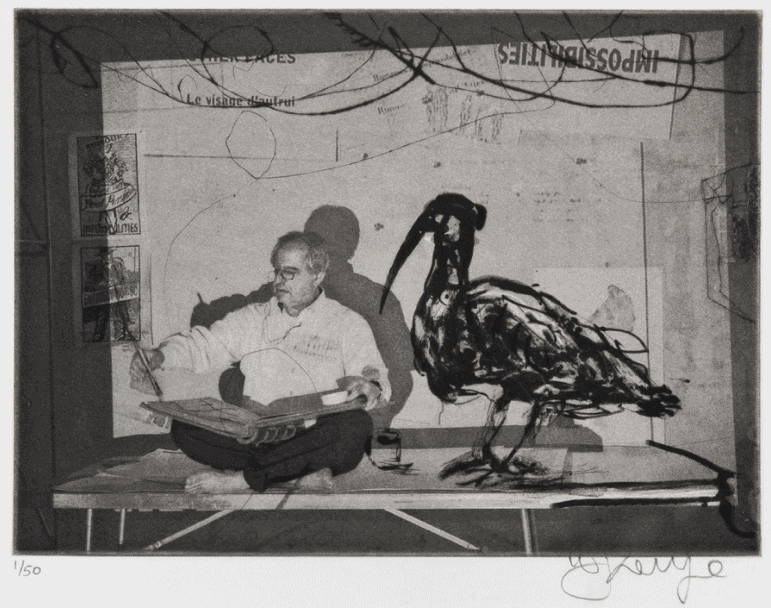
Ed Ruscha, born in 1937 in Nebraska, is an American painter living and working in Culver City, the United States of America. He is best known as an Abstract Expressionist painter who implemented words into his painterly practice.
With Ruscha, words and letters become forms or signs. They are not only the subject matter of the paintings but also the visual. His chosen materials are often unconventional, such as blood or even gunpowder. The American painter is also occupied with photography, film, books, and printmaking, commenting on American Culture. His lauded artistic practice results in a well-deserved spot in our article The 20 Most Famous Painters Today.
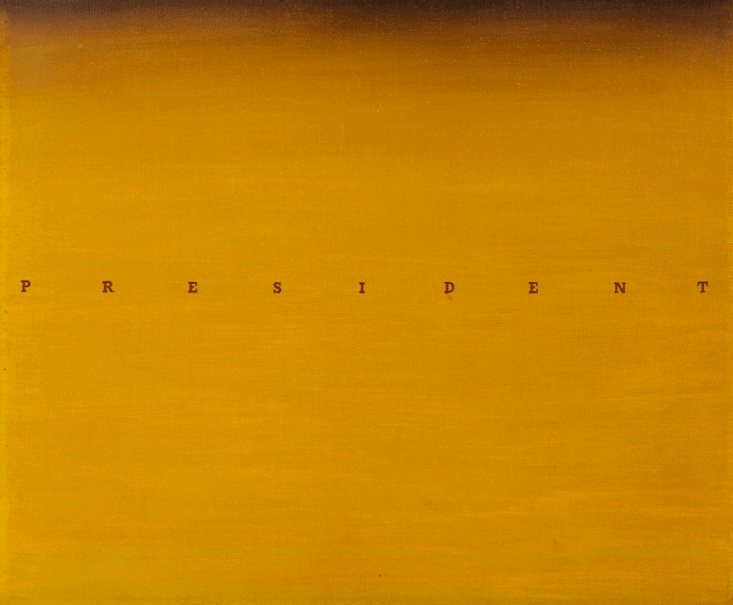
Valie Export, or rather VALIE EXPORT, born in 1940 in Linz, Austria, is a contemporary and avant-garde artist best known for her performances and her video work, photography, sculpture, and video animations.
The name ‘Export’ is self-branded and originates from her (thought-)provoking feminist performances from the 1960s examining the female body, in which she abandons the name of her father and husband. From the 1980s on, she turned to different media and continued to build her oeuvre and career, strongly nesting herself in the canon of contemporary art.
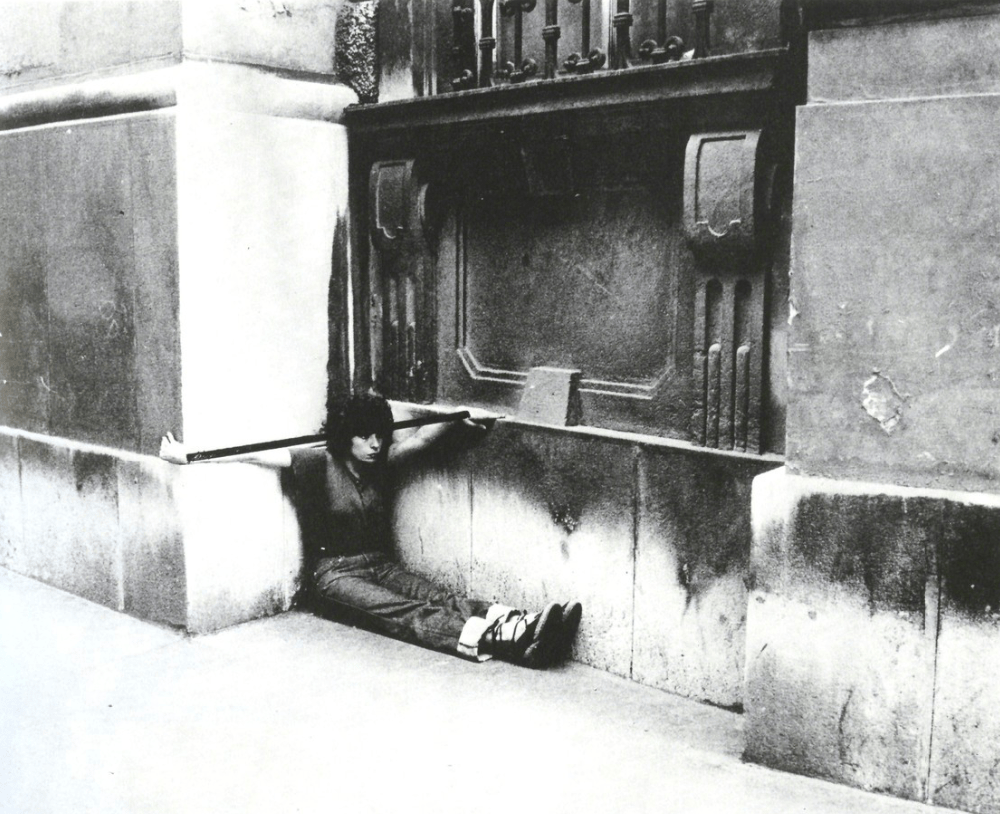
Francis Alÿs, born in 1959 in Antwerp, is a Belgian conceptual Mexico-based artist defying categorization working in various media and is best known for his project-based engagements with specific issues or environments.
Alÿs is occupied with everyday life and its connection to political situations. Encompassing performance, painting, drawing, sculpture, video, photography, and installation, his oeuvre balances between politics and poetics. For instance, in 2005, he created a green line by walking the Israel-Palestine border with a leaking can of paint, titled The Green Line (Sometimes doing something poetic can become political, and sometimes doing something political can become poetic).
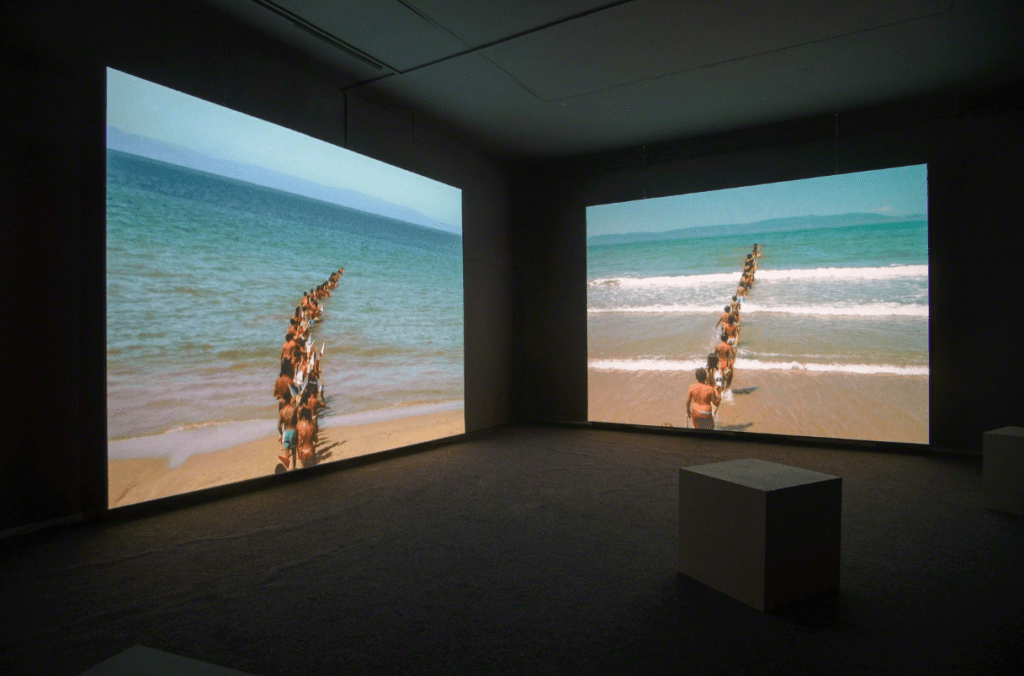
Arnulf Rainer, born in 1929 in Baden, Austria, is an Austrian painter living and working in Vienna, Austria. He is best known as an abstract informal artist, merging surrealism with the spontaneity and Automatism of Art Informel.
The self-taught painter achieved international recognition for his unique painting techniques and his process of layering paint on top of photographic material or painting blindfolded or under the influence of drugs. As a result, Rainer deserved his spot in our article on The 20 Most Famous Painters Today.
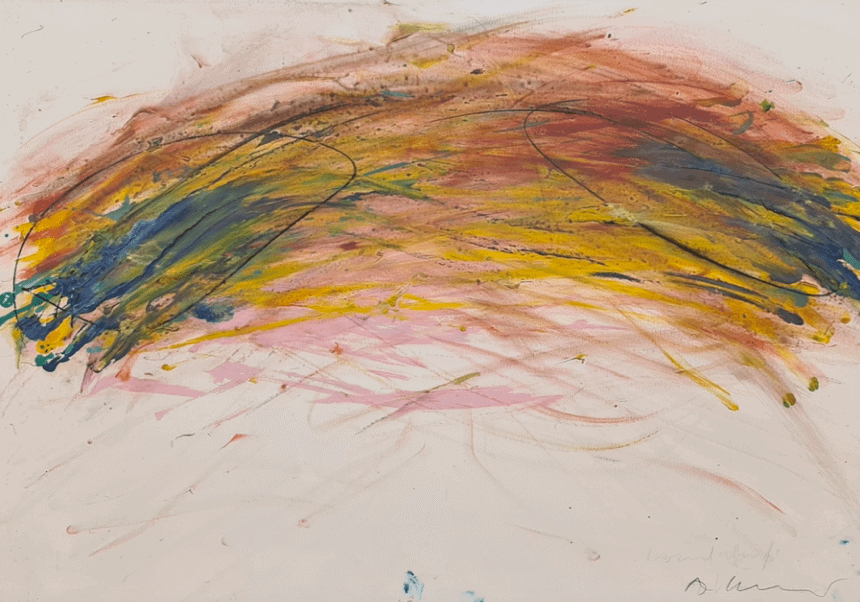
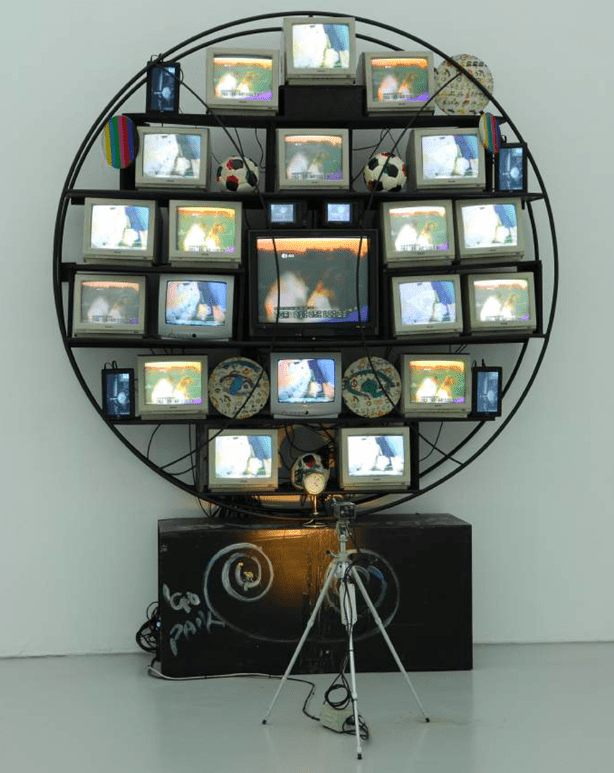
Nam June Paik – born in 1932 in Seoul, South Korea, passed away at 73 in Miami, the United States of America – was a Korean-American artist best known as one of the pioneers and founders of video art.
Associated with Fluxus and the father of video art, Nam June Paik introduced the television screen into the art world to search for new ways of expression. In doing so, he created sculptural installations, which he saw as robots composed of televisions.
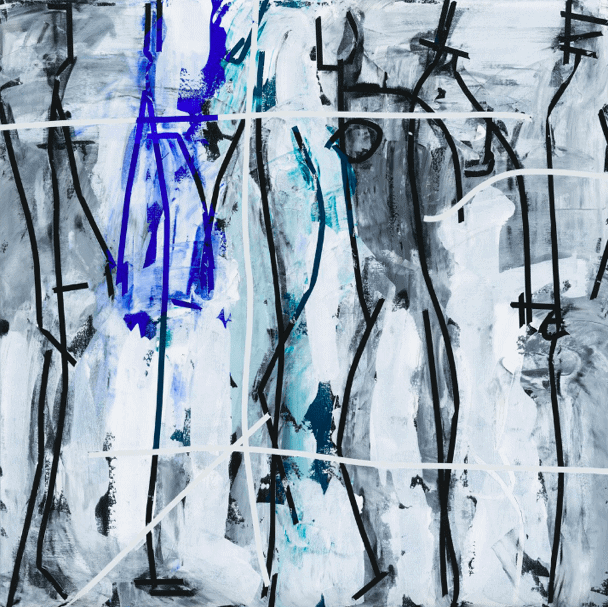
Heimo Zobernig, born in 1958 in Mauthen, Austria, is an Austrian painter living and working in Vienna, Austria. Zobernig works in various media such as installation, sculpture, film, video, and architectural intervention but is best known for his painterly practice.
Zobernig interrogates the formal language of modernism, exploring ideas of Minimalism, the monochrome, the grid, or color theory. Zobernig has earned his place in our list of The 20 Most Famous Painters Today.
Harun Farocki – born in 1944 in Neutitschen, currently the Czech Republic, passed away in 2014 at 70 – was a German filmmaker best known for his political essay films. His creative oeuvre intertwines found and original footage to explore the potency of images, the intersections between war and technology, and the role of labor in capitalist societies. With a diverse background in drama, sociology, and journalism, Farocki pursued film studies at the German Film and Television Academy in Berlin (1966-68), and his artistic vision has been profoundly influenced by luminaries such as Bertolt Brecht and Jean-Luc Godard.
Throughout his illustrious career, Farocki’s artistic contributions have encompassed more than 100 films for television and cinema, establishing him as a prominent figure in the artistic sphere. Beyond his filmmaking endeavors, he has also engaged in various roles, serving as an author, editor of the magazine Filmkritik, curator, and visiting professor at esteemed institutions such as Berkeley, Harvard, and Vienna.
A recurring thematic exploration in Farocki’s work centers on the intricate relationship between technology and warfare. His film-essays thoughtfully examine the impact of technological advancements on economic production and the gradual substitution of human agency with computers in both war and industry settings. Moreover, in his later works, Farocki delves into the mechanization of labor, inviting viewers to contemplate its implications.
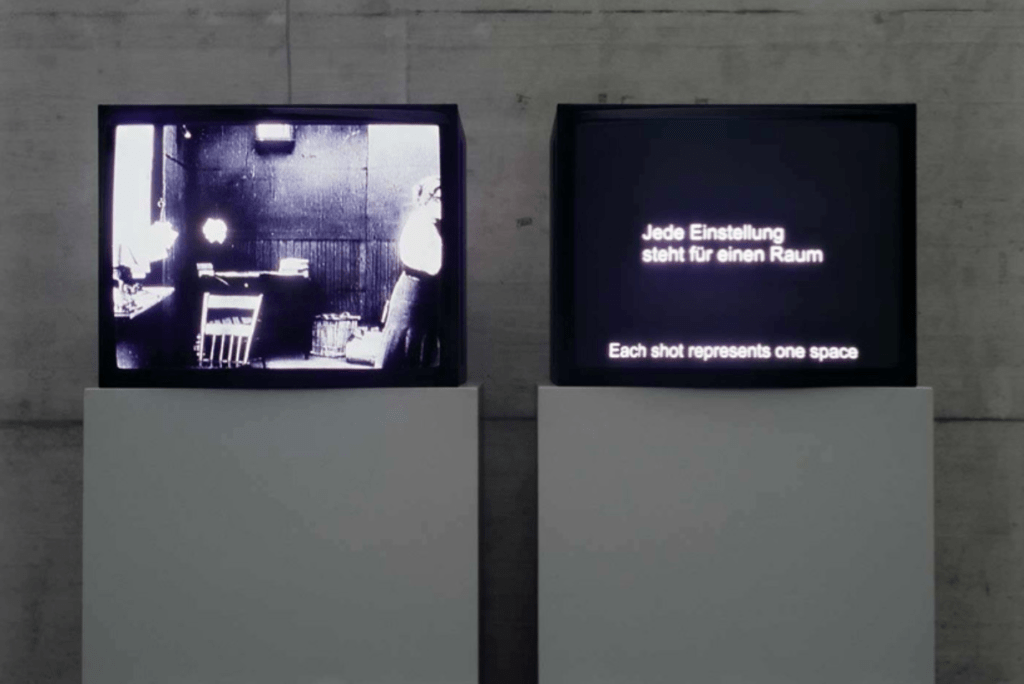
Richard Serra, born in 1938 in San Francisco, the United States of America, and passed away in 2024 in New York, is an American artist best known for his monumental sculptures. Serra often uses giant steel surfaces and makes the viewer aware of their perception of space, form, and proportion by bending and curving the steel into a minimalist but monumental sculpture. The viewer is invited to wander around and inside the sculpture to inspect the space and their perception of space.
His artistic discipline primarily revolves around large-scale, site-specific sculptures meticulously designed for architectural, urban, and landscape settings across the globe, from Iceland to New Zealand. Serra’s artistic journey began with studies at the University of California, Berkeley, where he pursued English literature. Later, he transferred to the University of California, Santa Barbara, earning a BA in English literature. Subsequently, Serra delved into painting, completing both a BFA and MFA at Yale University in New Haven, Connecticut. His artistic career gained momentum in 1968 when he began exhibiting with Leo Castelli, with his first solo exhibition in New York taking place at the Leo Castelli Warehouse the following year. In 1970, he showcased his first solo museum exhibition at the Pasadena Art Museum in California.
While living and working in New York and on the North Fork of Long Island, Richard Serra’s artistic focus centers on sculptural works that seamlessly integrate with their surroundings, creating transformative experiences for viewers. His sculptures engage with the spatial and environmental aspects of their locations, inviting contemplation and physical interaction.
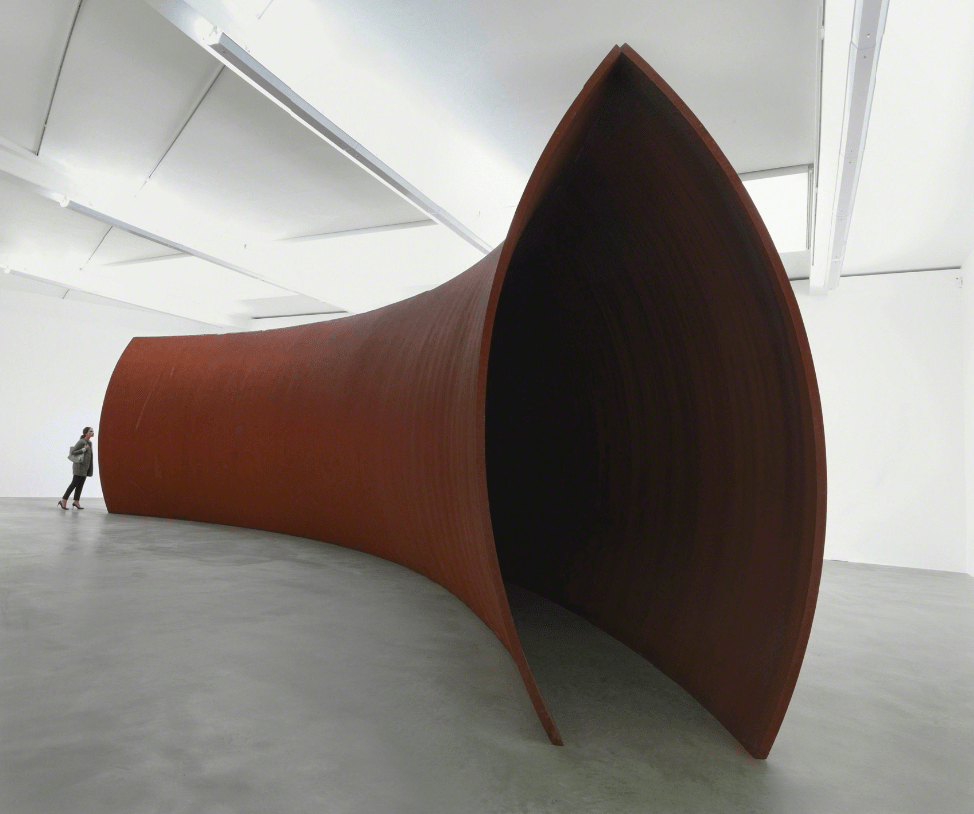
Franz West, born in 1947 in Vienna, Austria, passed away at age 65 in 2012 in Vienna, Austria. He is a contemporary artist who was best known for his installations using furniture, sculptures of foam and cardboard, paintings, collages, and drawings. West rejected the traditional art experience and aimed to create experiences in which the audience was actively involved. Immersed in the artistic landscape of the 1960s and 70s, where Actionist and Performance Art reigned, West departed from the notion of passive art-viewer relationships. Instead, he embraced a dynamic approach, rejecting the intense existentialism characteristic of his performative predecessors, such as the Actionists.
A pivotal moment in West’s career came in 1973 when he introduced his iconic Passstücke, or Adaptives. These compact, mixed-media sculptures were designed to be “ergonomically inclined” and only became actualized artworks when touched, held, worn, carried, or otherwise physically and cognitively engaged by viewers. This interactive element brought a sense of playfulness and unpredictability to his works, allowing for a profound and unique connection between the art and the audience. Building upon the concepts explored in his early Passstücke, West continued to investigate the dynamic relationship between viewers and art objects. He further delved into the interplay between sculpture and painting, revolutionizing the notion of concealment and exposure, action and reaction. Utilizing everyday materials and imagery, he sought to examine the intricate connections between art and social experience.
Throughout his career, Franz West’s art transcended the boundaries of traditional art spaces, extending into the realm of public engagement. By challenging the conventional confines of the gallery, his artworks invited viewers to actively participate, interact, and contemplate the essence of art in relation to their own experiences. The hallmark of Franz West’s oeuvre lies in its ability to strike a balance between lightheartedness and profound philosophical inquiry. His works continue to inspire curiosity, inviting viewers to question the conventional boundaries of art and explore the evolving dialogue between artist, artwork, and audience.
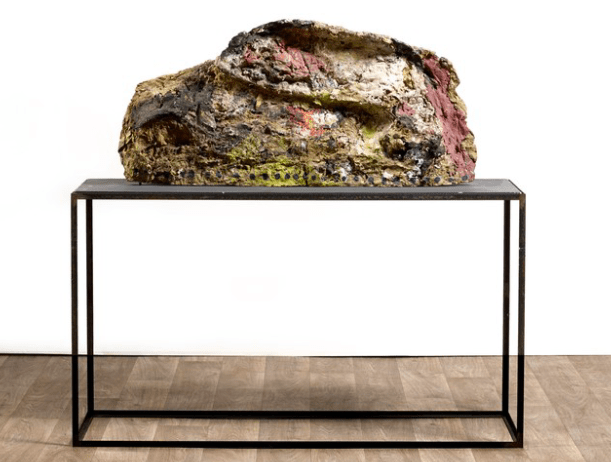
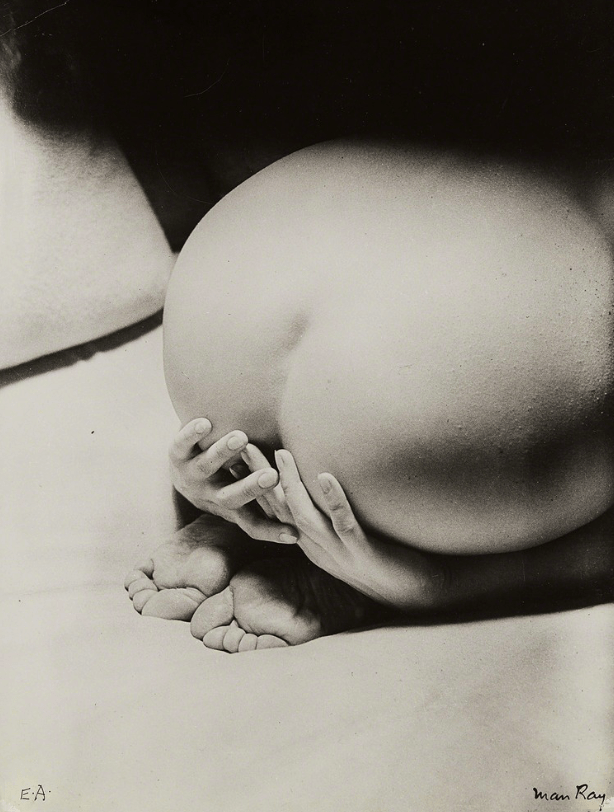
Man Ray, born Emmanuel Radnitzky in 1890 in Philadelphia, was an American visual artist who passed away in 1976 at 86 in Paris, France, where he spent most of his career. Man Ray was one of the key figures and pioneers of Dadaism and Surrealism.
Man Ray was one of the first Modern artists to work across various media, including painting, sculpture, printmaking, assemblage, collage, video, and photography. As a true avant-garde artist, he pushed a variety of media into the realm of modern art.
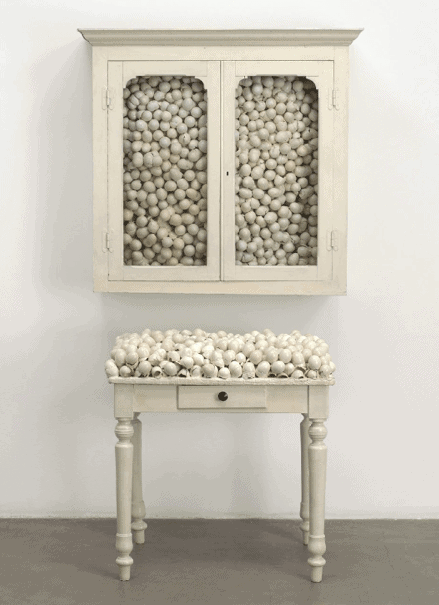
Marcel Broodthaers, born in 1924 in Brussels, was a Belgian poet and visual artist who passed away at 52 in 1976 in Cologne, Germany. Broodthaers was best known as a conceptual artist.
Due to his earlier death, Broodthaers career only covers 12 years. Yet, he made an immense impact on recent art history due to his highly literate and intelligent artworks, encompassing film, poetry, artist editions, performances, sculptures, and installation.
Yayoi Kusama, born in 1929 in Matsumoto in, Japan, is a Japanese contemporary artist occupied with sculpture, drawing, painting, installation, performance, film, and even fashion and writing. Kusama is best known for her polka dots, autobiographical elements, and conceptual foundation. As a result, she is associated with Pop Art, Minimalism, Feminist Art, and Environmental Art without being pinned down to one specific art movement.
Throughout her illustrious career, Kusama’s artistic exploration has extended beyond conventional boundaries, drawing inspiration from both microscopic and macroscopic universes. Her art delves into the intricacies of the human experience while evoking a sense of wonder and cosmic vastness. Kusama’s distinct style and visionary approach have solidified her status as a pioneer in the art world, leaving an enduring impact on contemporary art discourse and practice.
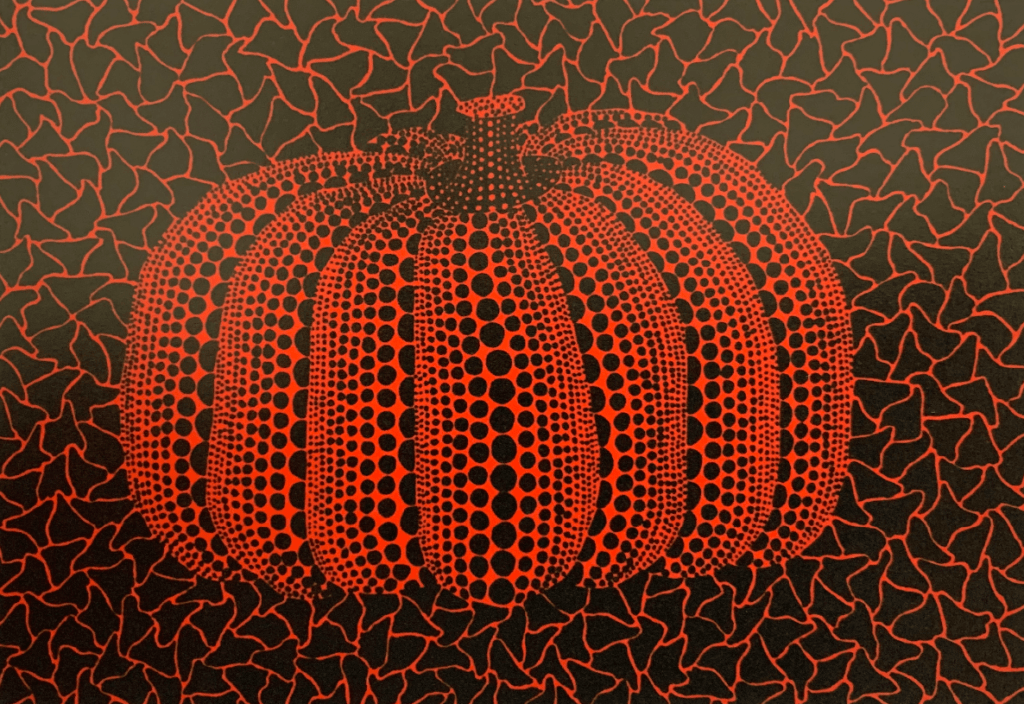
Ai Weiwei, born in 1957 in Beijing, China, is a contemporary artist marked by powerful activism in his works. Weiwei is best known for his conceptual artworks questioning traditional Chinese culture and the contemporary world. As a result, his thought-provoking works weren’t received well by the Chinese government resulting in a prison sentence of several months, after which Ai Weiwei fled the country.
Universally resonant symbols such as bicycles, flowers, and trees, along with enduring issues of borders and conflicts, gain renewed significance through Ai Weiwei’s installations, sculptures, films, and photographs. His artistic voice transcends the realm of form or protest, firmly establishing him as a leading cultural figure of his generation.
Notably, Ai Weiwei’s artistic practice goes beyond the confines of the studio, as he passionately speaks out on matters he deems important. His courageous advocacy for free expression in both China and the international arena serves as an exemplary model of artistic activism and social engagement. In sum, Ai Weiwei’s remarkable body of work reflects his unwavering commitment to addressing global challenges and advancing universal themes of humanity and community. His art stands as a testament to the power of creativity as an agent of change and remains an influential force in contemporary art and discourse.
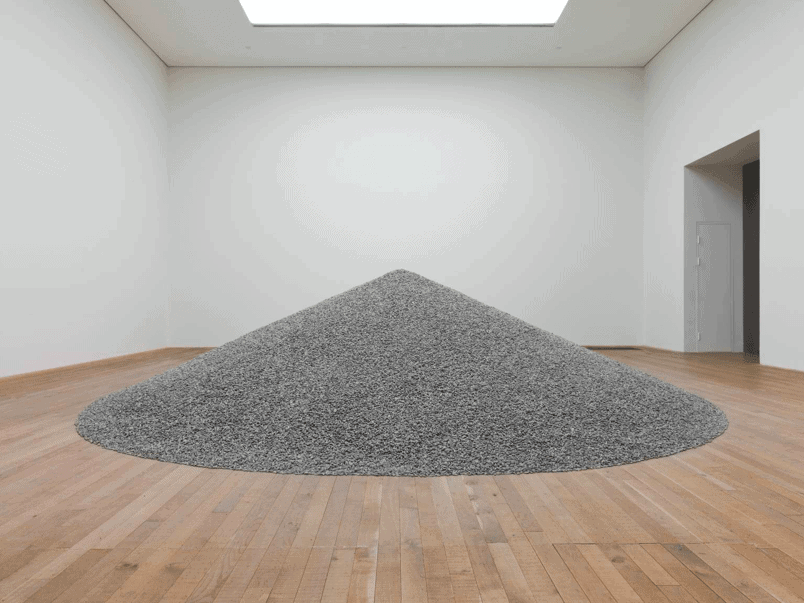
Imi Knoebel, born in 1940 in Dessau, Germany, is a contemporary artist living and working in Düsseldorf, Germany. Knoebel is best known as a painter. However, he incorporates drawing, sculpture, installation, and photography into his artistic practice. As a result, Knoebel earned a spot in our article The 20 Most Famous Painters Today.
Imi Knoebel’s minimalist explorations of color, form, and material continue to captivate audiences, establishing him as a prominent figure in the realms of both painting and sculpture. His innovative fusion of these artistic disciplines and his unwavering dedication to the pursuit of pure perception have solidified his place as a highly influential artist in contemporary art.
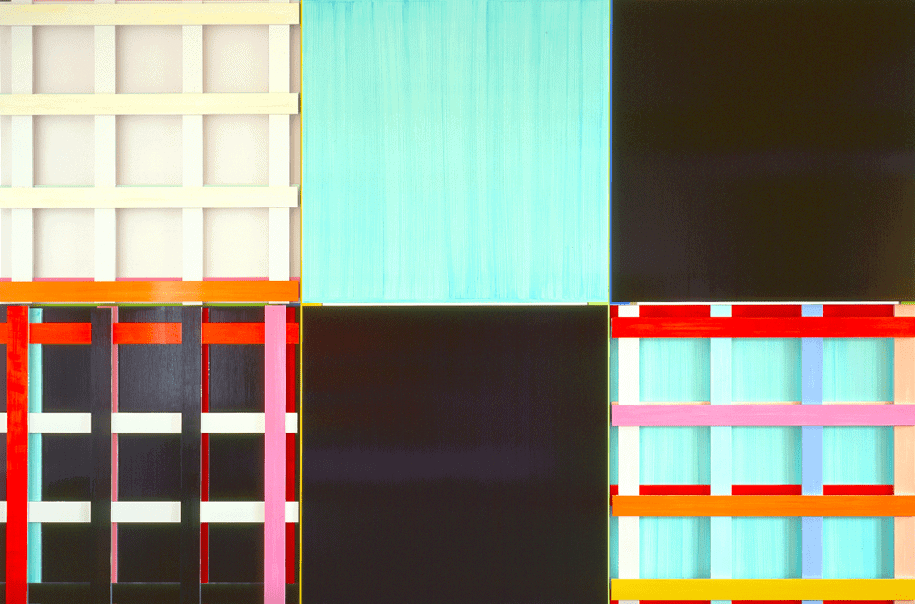
Marcel Duchamp, born on July 28, 1887, in Blainville-Crevon, France, emerged as a pivotal figure in the development of early 20th-century avant-garde art. Coming from a family with strong artistic inclinations, Duchamp’s early work was influenced by Post-Impressionism and the burgeoning Cubist movement. However, he quickly diverged from these traditional roots to explore more innovative and provocative avenues. His painting “Nude Descending a Staircase, No. 2” (1912) became notorious for its fusion of Cubist and Futurist styles, causing a scandal at the 1913 Armory Show in New York due to its abstract depiction of movement and form. This piece marked Duchamp’s departure from conventional painting and his venture into radical artistic expressions that challenged the very nature of art.
Duchamp’s most significant contribution to the art world was his introduction of the concept of the “readymade” — ordinary manufactured objects designated by the artist as art. This groundbreaking idea, exemplified by works such as “Fountain” (1917), a porcelain urinal signed “R. Mutt,” questioned traditional artistic processes and the role of the artist in creating meaning. Duchamp’s readymades and his philosophical inquiries into the realm of aesthetics paved the way for What is Conceptual Art? and had a profound impact on subsequent art movements, including Dada and Surrealism. Throughout his career, Duchamp remained a provocative and enigmatic figure whose works and theories continue to influence contemporary art discourse. By deliberately blurring the lines between art and life, Duchamp challenged the established art world and forever altered the trajectory of modern art.
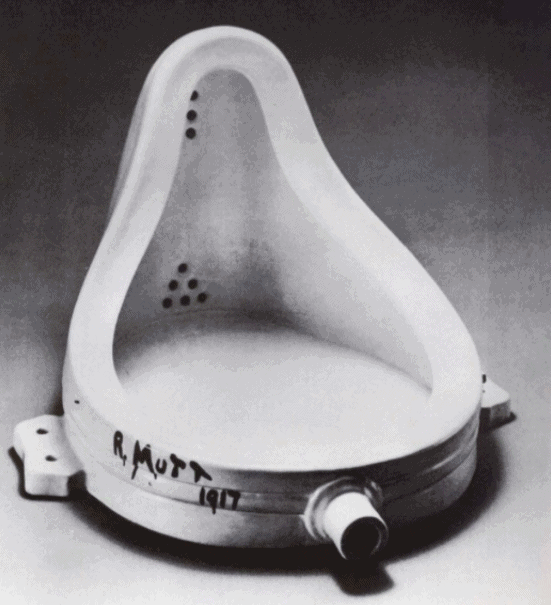
Kiki Smith, born on January 18, 1954, in Nuremberg, Germany, is a contemporary American artist renowned for her multidisciplinary and prolific output that spans sculpture, printmaking, installation, and drawing. The daughter of American sculptor Tony Smith, Kiki grew up in a milieu deeply entrenched in the arts, which greatly influenced her artistic development. Moving to New York City in 1976, she became an integral part of the downtown arts scene, where she initially worked with collaborative projects and performances before focusing on her solo career. Smith’s early work in the 1980s gained critical acclaim for its unflinching examination of the human body, rendered with an explicitness and vulnerability that challenged prevailing norms and taboos surrounding corporeality, mortality, and gender.
Throughout the 1990s and into the present, Smith’s oeuvre has expanded to include themes of nature, mythology, and the female experience, employing a wide range of materials from bronze and paper to glass and textiles. Her work is characterized by a deep engagement with the materiality of the human condition, exploring the intersections of biology, spirituality, and mythology. Smith’s art, while deeply personal, speaks to universal experiences of life, death, and renewal, often drawing from religious, folk, and mythical narratives to weave intricate visual tales. Her contributions to contemporary art have been recognized with numerous awards and accolades, and her works are held in major collections worldwide, including the Museum of Modern Art in New York and the Tate Modern in London.
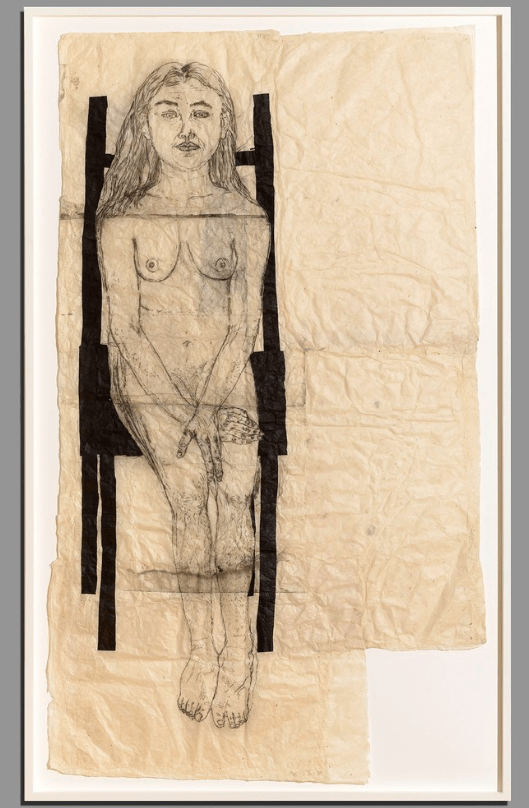
David Hockney, a prominent British painter, draftsman, printmaker, stage designer, and photographer, was born on July 9, 1937, in Bradford, West Yorkshire, England. He currently resides in Normandy, France, where he continues to explore and contribute to the field of visual arts. Hockney’s work is characterized by its bright, bold colors and innovative compositions. He gained initial prominence as a part of the Pop Art movement of the 1960s. His art often explores complex themes of identity, relationships, and the perception of space. One of his most celebrated techniques is his pioneering use of acrylic paints to achieve vibrant, highly detailed scenes, as well as his use of photography in the 1980s to create photo collages.
Throughout his career, Hockney has experimented with technology in his artwork, using fax machines, laser printers, and digital cameras to create and manipulate images. More recently, he has utilized iPad digital drawings to significant acclaim, showcasing his ongoing commitment to blending technology with traditional techniques. David Hockney’s career has been marked by numerous prestigious exhibitions worldwide. Notable retrospectives of his work have been held at the Tate Britain in London, the Centre Georges Pompidou in Paris, and the Metropolitan Museum of Art in New York City. These exhibitions have typically highlighted his diverse range of mediums and subjects, from his famous pool paintings, such as “A Bigger Splash,” to his intricate, multi-perspective collages and extensive landscapes.
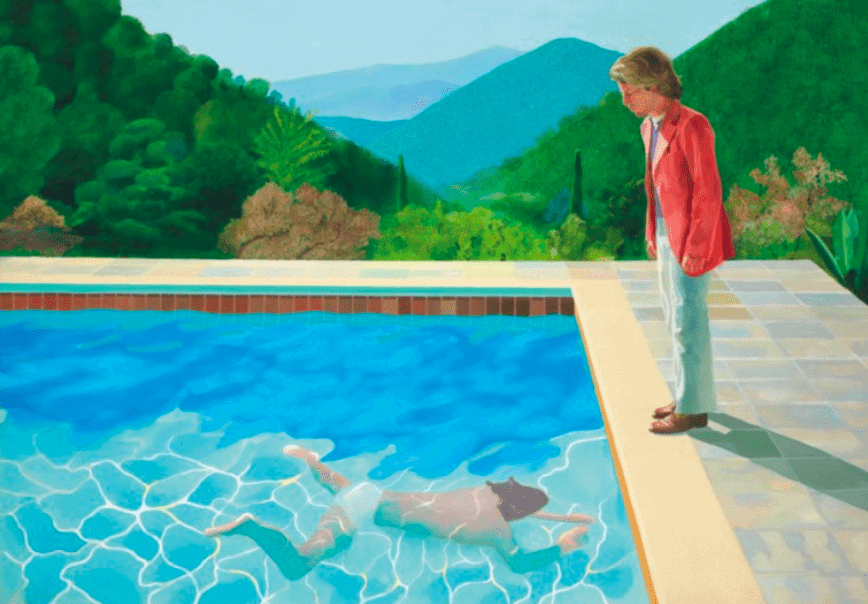
Henri Matisse, born in 1869 in Le Cateau-Cambrésis, France, and passed away in 1954 in Nice, France, is celebrated as a leading figure in modern art, particularly known for his pivotal role in the development of Fauvism and his innovative use of color and form. Matisse’s work is characterized by its vibrant colors and fluid draughtsmanship. Throughout his career, Matisse also excelled in a variety of other mediums, including sculpture and printmaking and, later, paper cut-outs. His innovations in drawing and graphic arts were significant, employing a range of materials from oil and canvas to paper and scissors. One of his most notable contributions to art was his role in revitalizing interest in the decorative arts.
Significant exhibitions of Matisse’s work have included retrospectives at major institutions such as the Museum of Modern Art in New York and the Centre Pompidou in Paris. His works have also been central in major thematic exhibitions that trace the development of modern art through the 20th century. Matisse’s legacy is preserved through the Fondation Henri Matisse, which continues to facilitate exhibitions and studies of his work globally. His influence on the trajectory of modern art is profound, affecting generations of artists and the broader aesthetic dialogues of the 20th century.
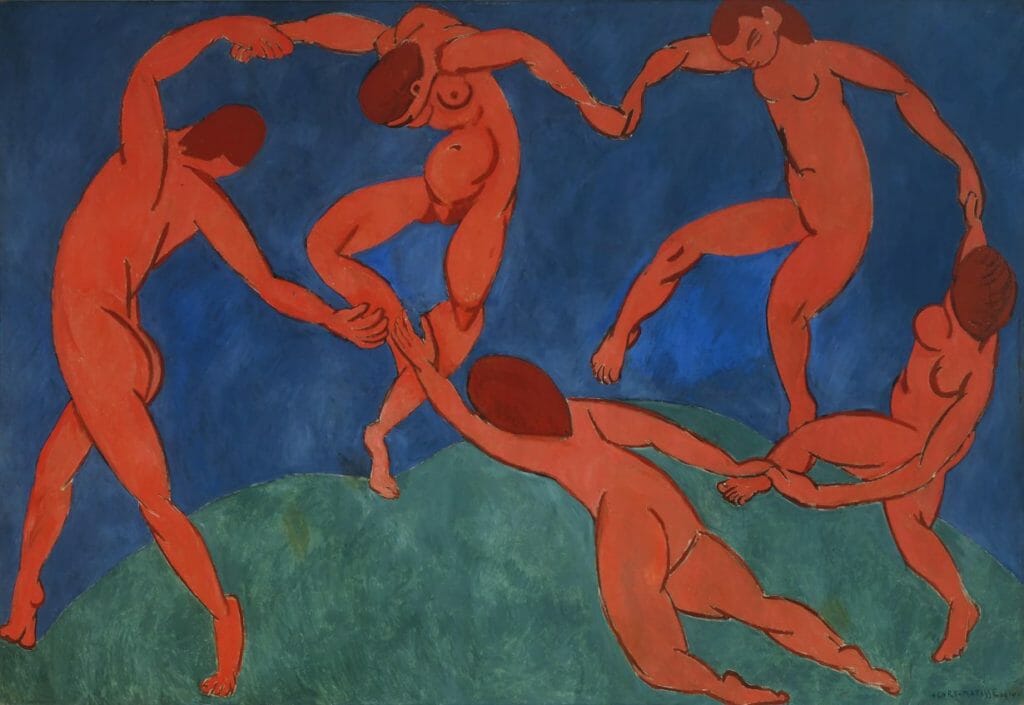
Kader Attia, born in 1970 in Dugny, Seine-Saint-Denis, France, is a renowned French-Algerian artist who currently resides in Berlin, Germany. He is celebrated for his work that explores the complex themes of repair, cultural exchange, and the aftermath of colonialism and global conflicts. Attia’s work often delves into the concept of “repair,” an ongoing theme that confronts the ways societies restore and heal themselves after psychological and physical traumas. Attia works in various mediums, including collage, sculpture, photography, and video installations. His pieces frequently incorporate materials and symbolism from non-Western cultures to comment on identity and cultural appropriation in the post-colonial context.
He has been recognized for his thought-provoking exhibitions and installations that address complex themes such as the lingering scars of colonialism, the nature of identity, and the processes of cultural memory. Notable exhibitions of Attia’s work have been held at significant venues around the world, including the Museum of Modern Art in New York, the Tate Modern in London, and the Centre Pompidou in Paris. His influential exhibition “The Repair from Occident to Extra-Occidental Cultures” at the dOCUMENTA (13) in Kassel, Germany, critically examined the idea of repair and reconstruction across cultures and was highly acclaimed for its depth and cross-cultural perspectives.
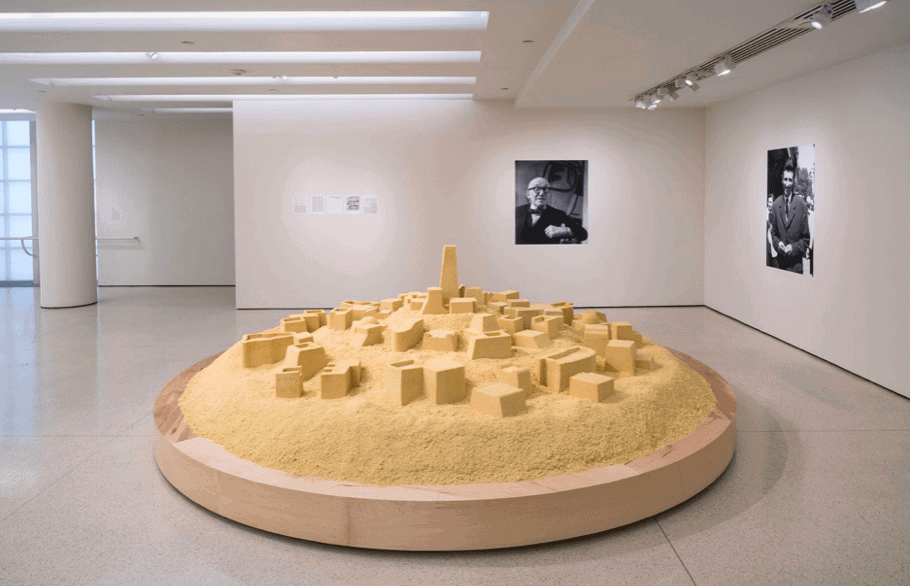
Olafur Eliasson, born in 1967 in Copenhagen, Denmark, is renowned for his large-scale installations and sculptures, which often incorporate elements such as light, water, and air temperature to enhance the viewer’s experience of the environment. Currently, Eliasson resides in Copenhagen and maintains a studio in Berlin, Germany, known as Studio Olafur Eliasson. Eliasson’s work is best known for its ability to engage the public through immersive environments that blend natural phenomena with technology and architectural structures. He aims to make viewers aware of their senses, the natural elements, and their surrounding ecosystem. A significant aspect of his work involves creating experiences that question an individual’s perception and relationship to nature, emphasizing how we collectively perceive and impact our environments.
One of Eliasson’s most famous installations, “The Weather Project,” was exhibited in the Turbine Hall of the Tate Modern in London in 2003. This installation used humidifiers to create a fine mist in the air via a semi-circular disc made of hundreds of monochromatic lamps which emitted pure yellow light, creating the illusion of the sun. The ceiling of the hall was covered with a huge mirror, where visitors could see themselves as tiny black shadows against a mass of orange light. Other important exhibitions of Eliasson’s work include “In real life” at Tate Modern in 2019, which featured over 40 works, and his participation in the Venice Biennale in 2003 and 2005. His works have also been showcased at the Museum of Modern Art in New York and the Louisiana Museum of Modern Art in Denmark.
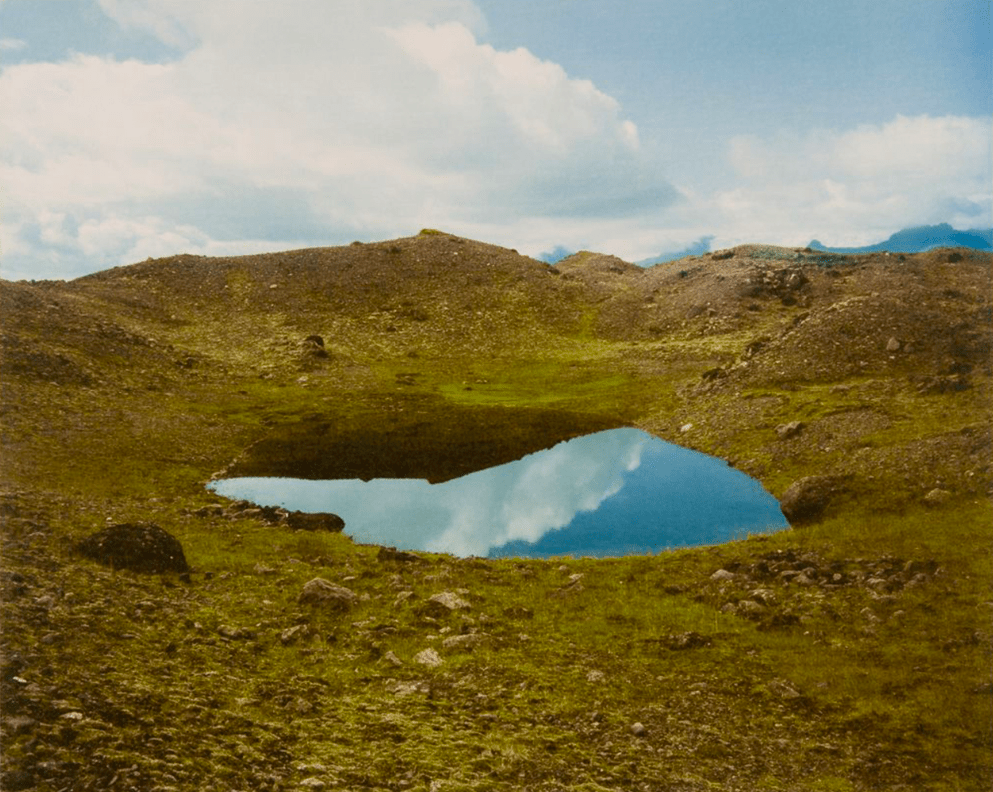
Dieter Roth, born in 1930 in Hanover, Germany, passed away in 1998 in Basel, Switzerland, was a multi-faceted artist known for his diverse and pioneering work in the fields of drawing, painting, sculpture, film, and poetry. Roth is best recognized for his artistic explorations that blurred the boundaries between art and life, often incorporating organic and perishable materials into his artworks. This practice led to his creation of biodegradable pieces that decayed over time, challenging traditional notions of art’s permanence and the role of the artist in creating enduring works.
Throughout his career, Roth had numerous significant exhibitions that highlighted his contributions to post-war art. Noteworthy retrospectives of his work were held at prestigious institutions such as the Museum of Modern Art in New York and the Tate Gallery in London. His work was also featured in major international exhibitions, including the Venice Biennale and Documenta in Kassel, Germany. Dieter Roth’s legacy is marked by his profound influence on the Fluxus movement and the conceptual art field. Through his experimental and often ephemeral artistic practices, he left a lasting impact.
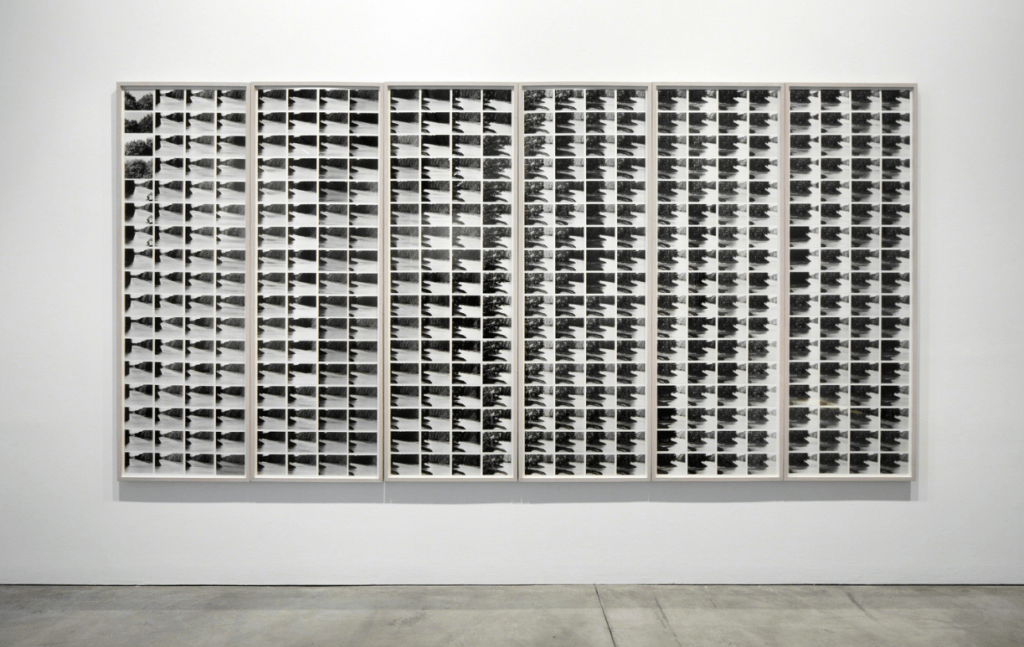
Alex Katz, born in 1927 in Brooklyn, New York, where the artist continues to reside and work, is an American painter renowned for his distinctive contributions to the development of the Pop Art movement. He is best known for his large-scale, flat, and vividly colored portraits and landscapes. His style is characterized by its minimalist aesthetic, focusing on streamlined compositions, flatness of color, and a reduction of detail. This approach creates a stark, impactful impression on the viewer, distinguishing Katz as a pioneer in contemporary figurative painting.
Over his extensive career, Alex Katz has been the subject of numerous solo exhibitions around the world. Key retrospectives of his work have been held at major institutions such as the Whitney Museum of American Art in New York, the Tate St Ives in the UK, and the Guggenheim Museum in Bilbao, Spain. His work has also been featured prominently in group exhibitions that explore developments in Pop Art and contemporary figurative painting. Katz’s art is held in the collections of many prominent museums, including the Museum of Modern Art, the Metropolitan Museum of Art in New York, and the National Gallery of Art in Washington, D.C.
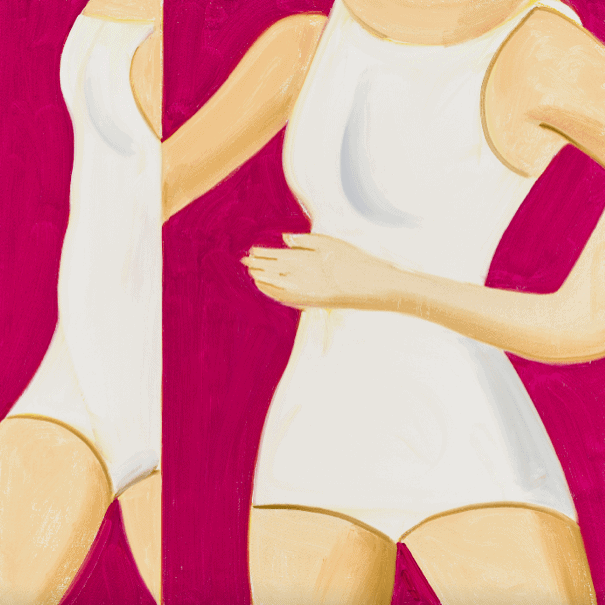
Roy Lichtenstein, born in 1923 in New York City, USA, and passed away in 1997 in the same city, was a pivotal figure in the Pop Art movement, which emerged in the 1960s and sought to blur the boundaries between “high” art and popular culture. He is best known for his works inspired by comic strips and advertising imagery, characterized by bold lines, vivid colors, and Ben-Day dots—a technique used to simulate a commercial printing process. This distinctive style aimed to highlight the artifice and constructed nature of images in a media-saturated landscape. His approach transformed the visual landscape of art by incorporating elements of mass culture, thereby challenging traditional distinctions within the art world.
Throughout his career, Lichtenstein’s works were showcased in major global institutions, marking significant milestones in the dissemination of Pop Art. Notable exhibitions include his 1969 solo exhibition at the Solomon R. Guggenheim Museum in New York, his 1993 retrospective at the Museum of Contemporary Art in Los Angeles, and posthumously, his 2012 retrospective at the Tate Modern in London and the Centre Pompidou in Paris. These exhibitions have solidified his status as one of the leading figures in 20th-century art.
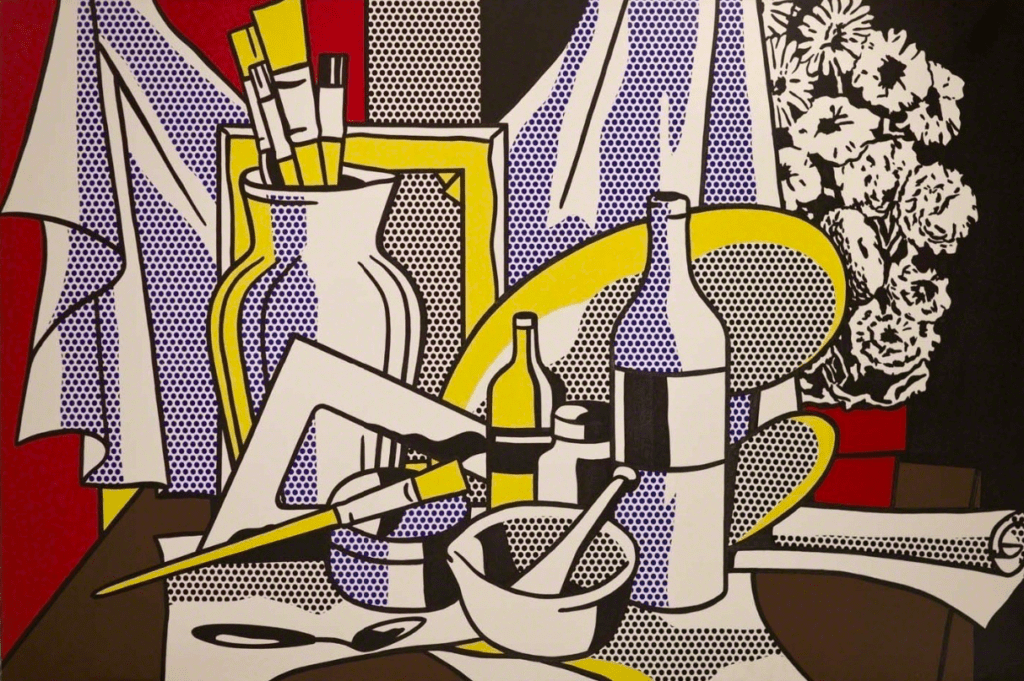
Anselm Kiefer, born in 1945 in Donaueschingen, Baden-Württemberg, Germany, currently resides and works in Paris, France, is one of the most prominent artists to emerge from post-war Germany, widely recognized for his large-scale paintings, sculptures, and installations that delve into themes of history, mythology, memory, and identity. Kiefer’s work is characterized by its intense materiality. He often incorporates natural substances and found objects, such as lead, ash, earth, straw, and sunflower seeds, which lend a textured and layered dimension to his pieces.
Throughout his career, Kiefer has held numerous significant exhibitions globally. Notable retrospectives include those at the Art Institute of Chicago, the San Francisco Museum of Modern Art, and the Royal Academy of Arts in London. His participation in major international events such as the Venice Biennale and Documenta in Kassel has further cemented his status in the art world.
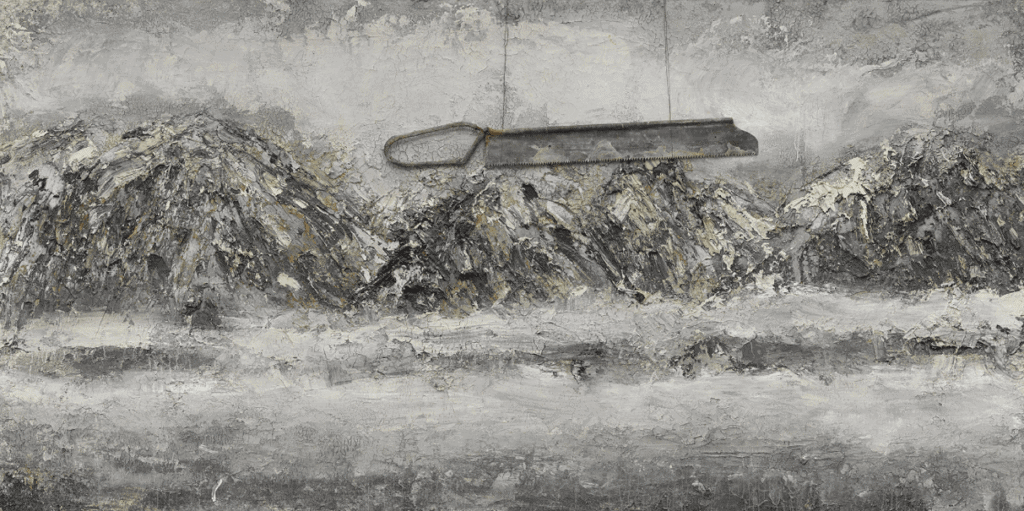
Isa Genzken, born in 1948 in Bad Oldesloe, West Germany, currently resides in Berlin, Germany, and is widely recognized for her innovative approach to sculpture, as well as her work with photography, video, and installation art. Genzken is best known for her eclectic and experimental sculptures, which often incorporate a diverse range of materials such as concrete, plaster, wood, textiles, and various found objects. Her works are notable for their complex dialogue with modernist architectural forms and the chaotic aesthetics of urban environments.
Throughout her career, Genzken has been the subject of numerous important exhibitions. Noteworthy retrospectives of her work have been held at prestigious institutions such as the Museum of Modern Art in New York, the Whitechapel Gallery in London, and the Stedelijk Museum in Amsterdam. Her participation in significant international exhibitions, including the Venice Biennale and Documenta in Kassel, has further underscored her influence and relevance in the global art scene.
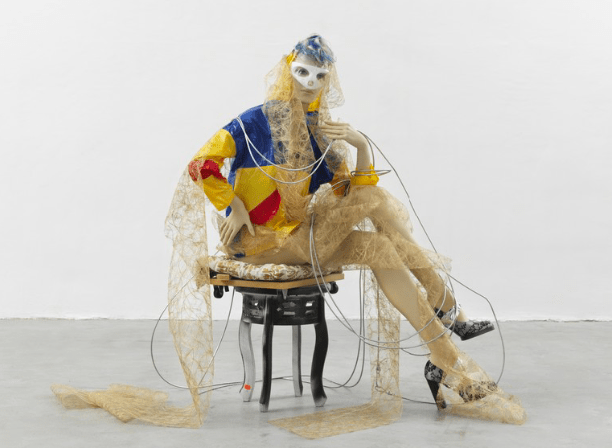
Martha Rosler, born in 1943 in Brooklyn, New York, where she currently resides and works, is an acclaimed American artist known for her work in photography, video, installation, and performance, which often incorporates an incisive social critique, particularly on issues of public space, systems of transport, housing, and consumer culture. Rosler is best known for her pioneering use of photomontage, which she has employed to address matters of war, gender roles, and socioeconomic disparities. Her seminal series “Bringing the War Home: House Beautiful” from the late 1960s and early 1970s is particularly notable. In these works, Rosler adeptly juxtaposed images of war with domestic interiors from American magazines, challenging the normalization of violence and the complacency of everyday life in contrast to distant conflicts.
Throughout her career, Rosler’s work has been featured in numerous major exhibitions. Notable retrospectives include those at the Seattle Museum of Art, the New Museum in New York, and the Jewish Museum in New York. She has also participated in significant international exhibitions such as the Venice Biennale and Documenta in Kassel. Martha Rosler’s contributions to the field of contemporary art are profound, marked by her critical approach to the intersecting arenas of politics, society, and media. Her work not only questions visual and cultural conventions but also encourages active and critical engagement from the viewer.
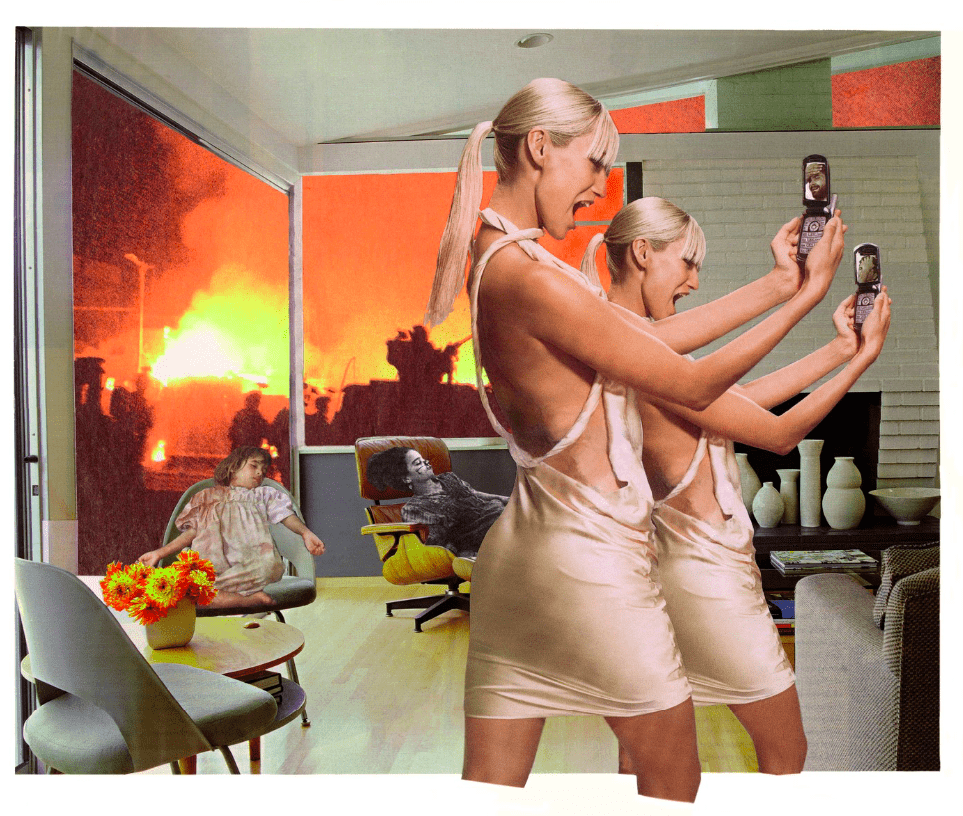
Mona Hatoum, born in 1952 in Beirut, Lebanon, resides and works in London, the United Kingdom, first moved to London in 1975, initially due to the outbreak of the Lebanese Civil War, and she has since established her career there. Hatoum is best known for her provocative works across various mediums, including installation, sculpture, video, and photography. Her art often explores themes of home and displacement, navigating the intersections of politics, identity, and the body with a stark intensity. Hatoum’s work is characterized by a powerful engagement with the viewer, often creating a sense of discomfort to evoke emotional and intellectual responses.
Her art has been recognized and exhibited globally. Notable exhibitions include a comprehensive retrospective at the Tate Modern in London in 2016, which later traveled to the Museum of Contemporary Art in Sydney and the Kiasma Museum of Contemporary Art in Helsinki. Other significant exhibitions include her participation in the Venice Biennale and her solo shows at the Centre Pompidou in Paris and the Museum of Contemporary Art Chicago.
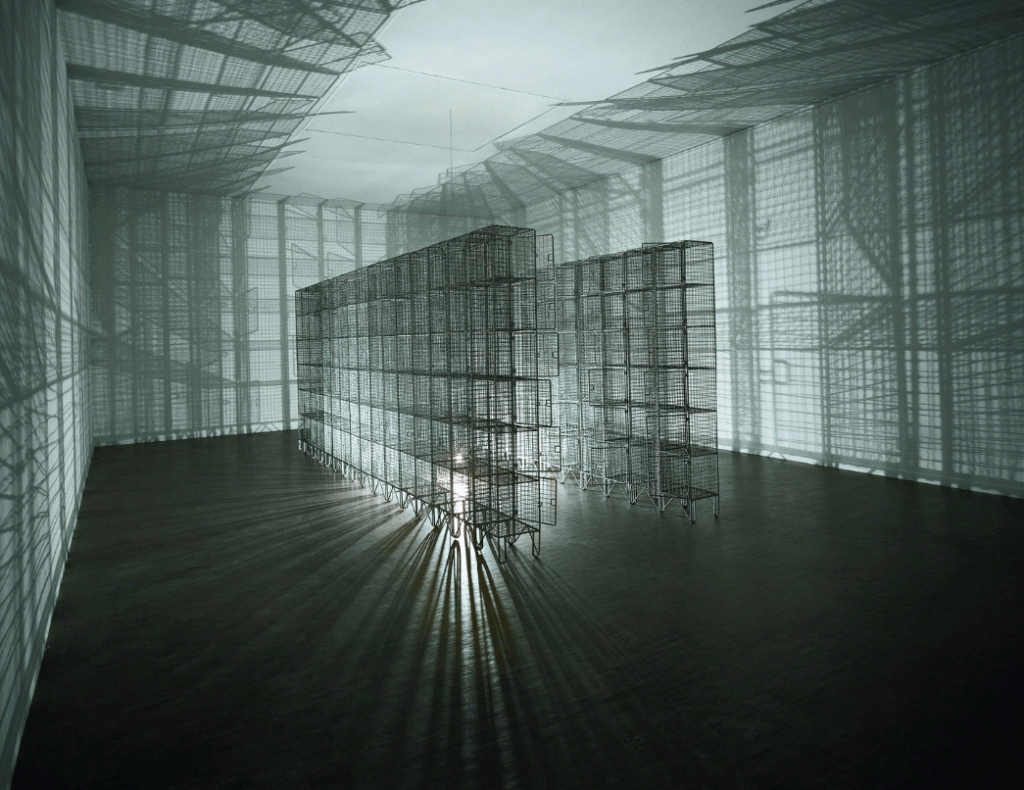
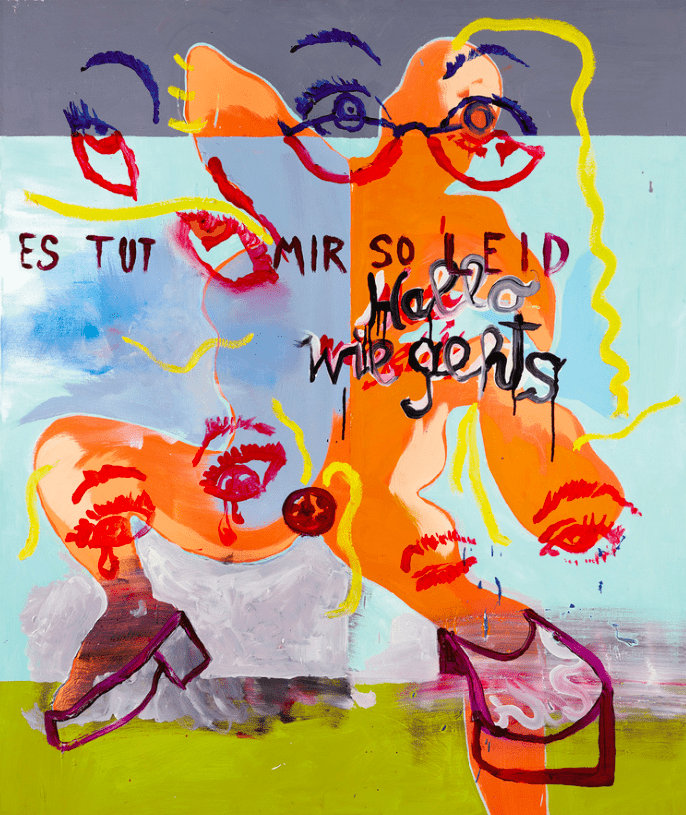
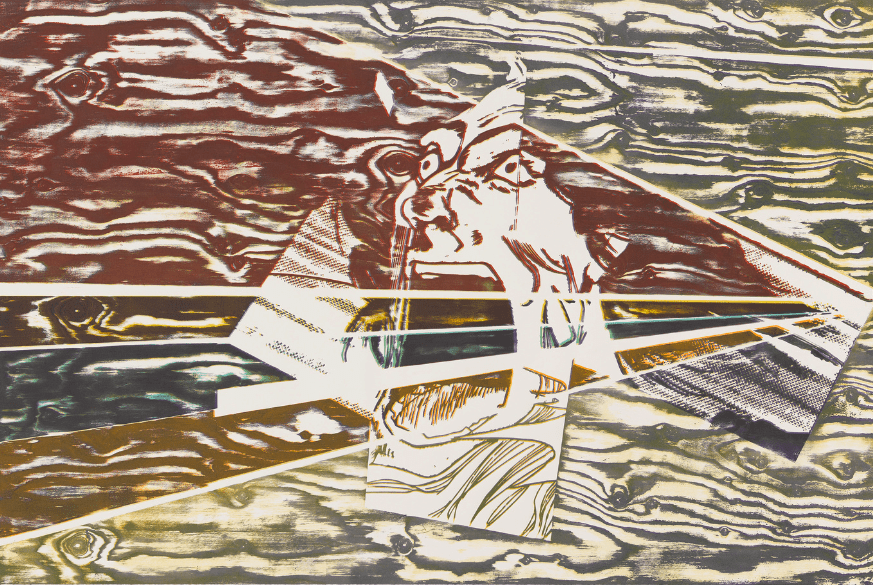
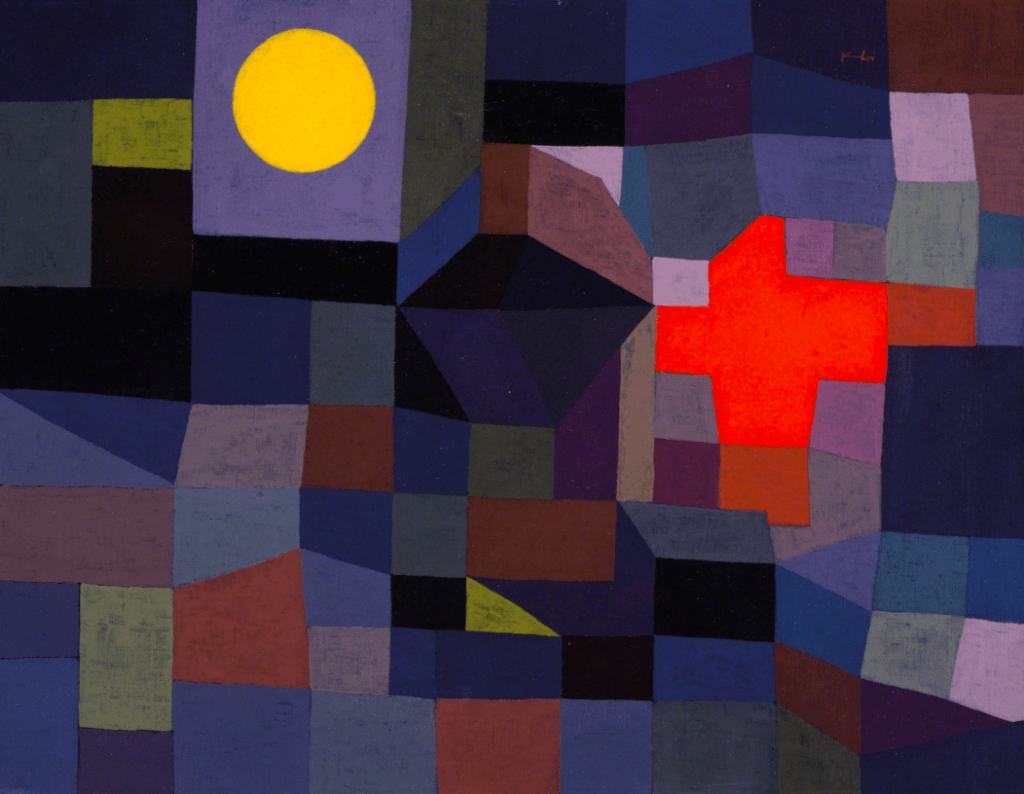
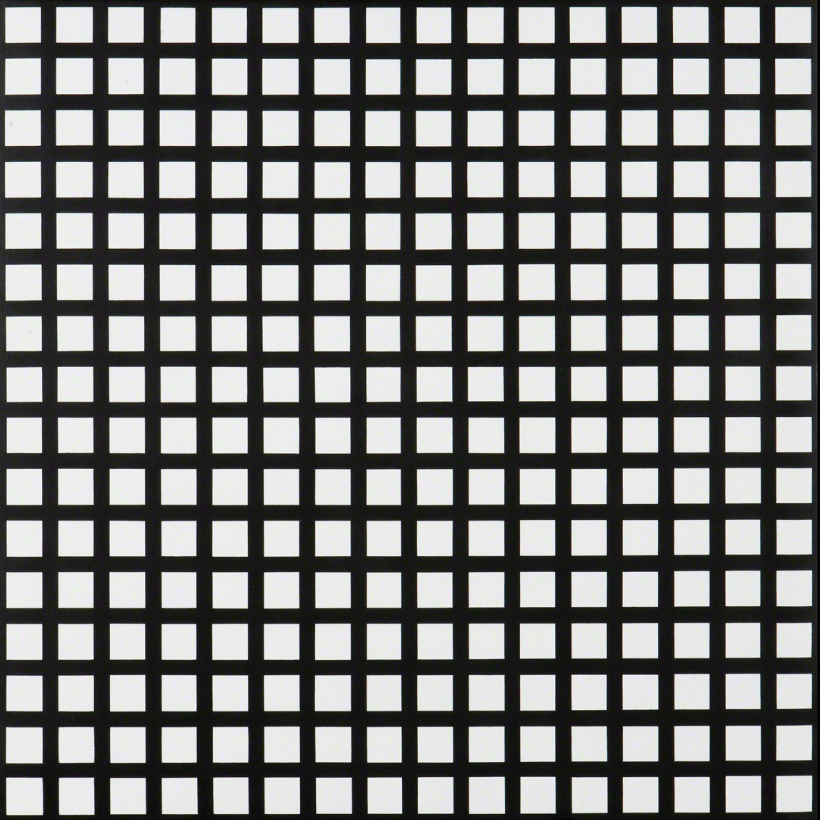
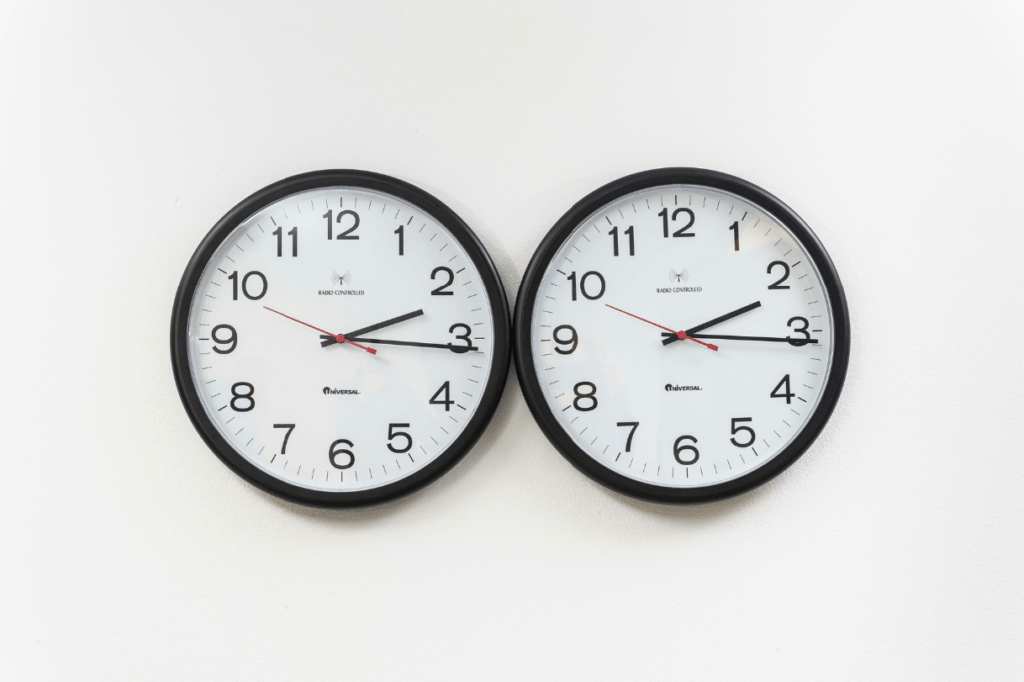
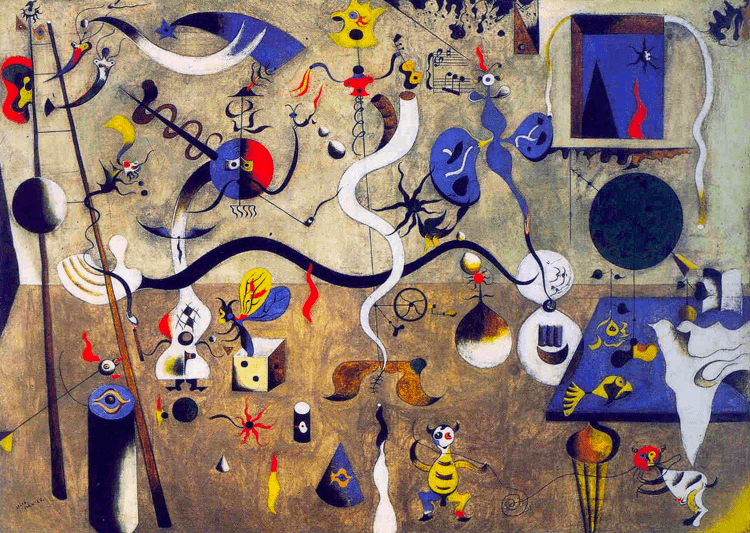
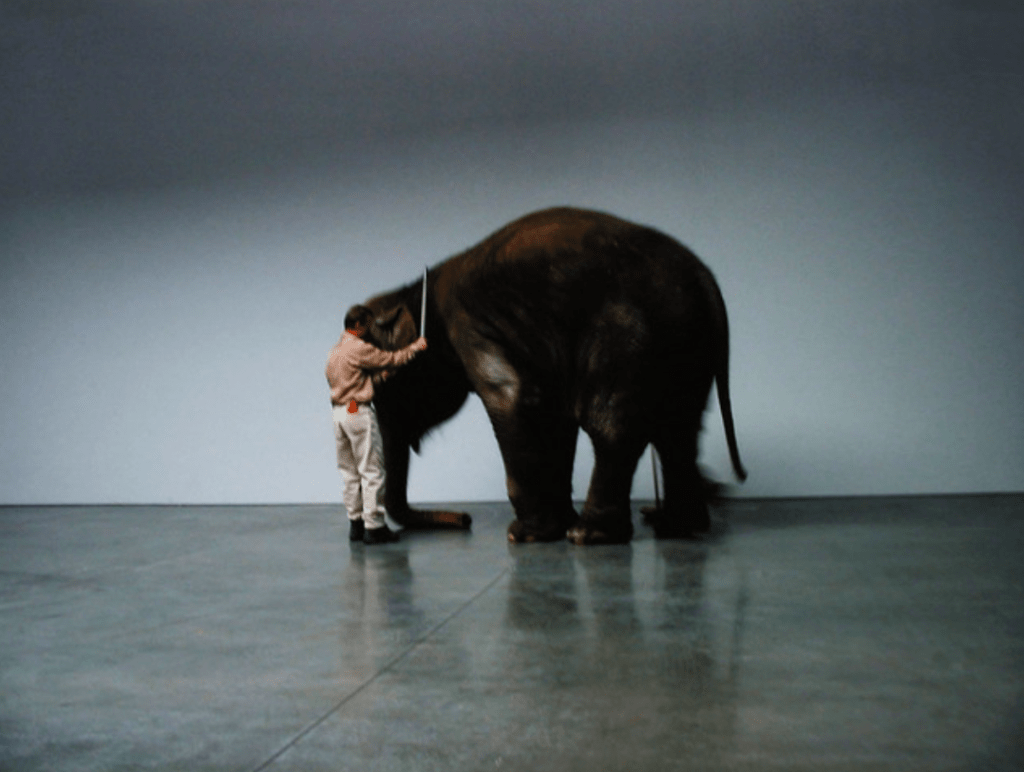
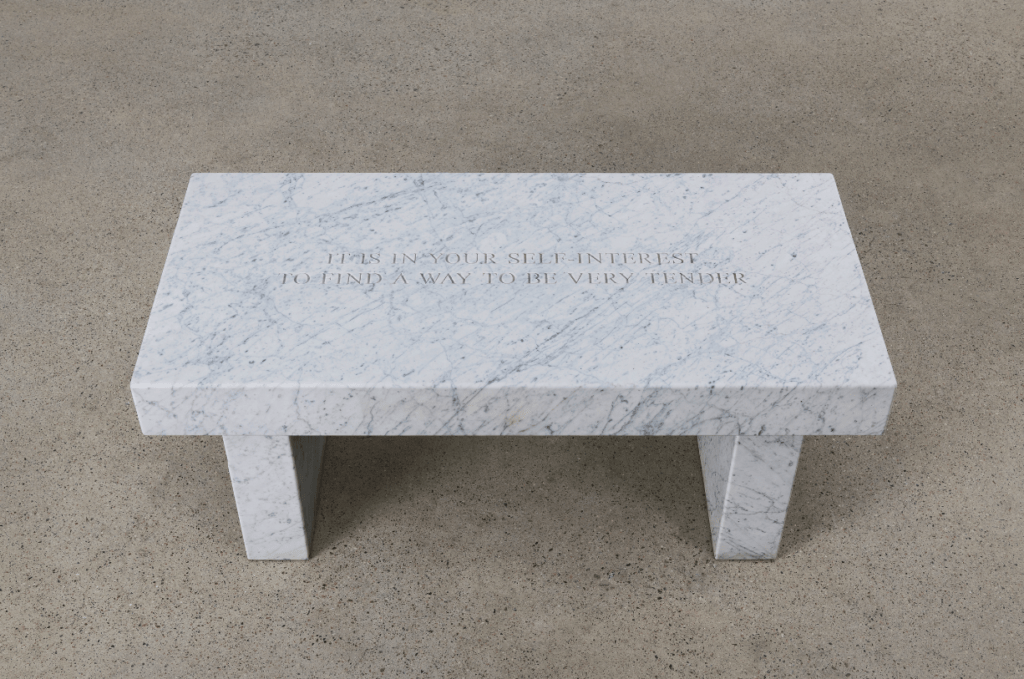
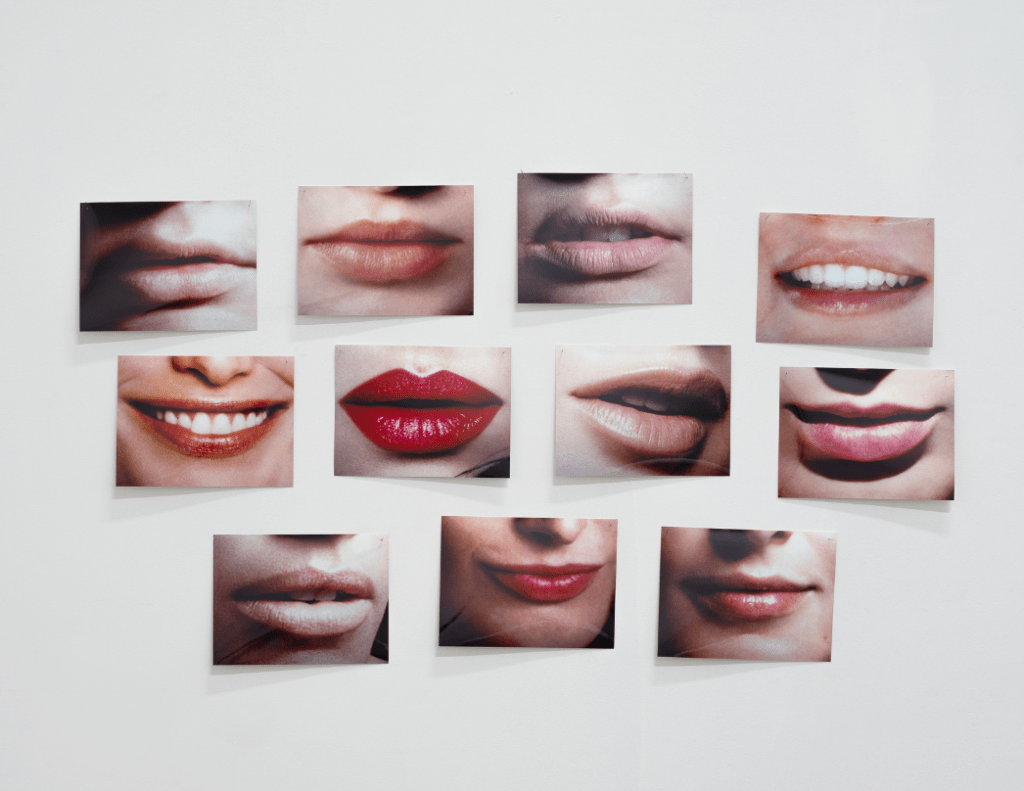
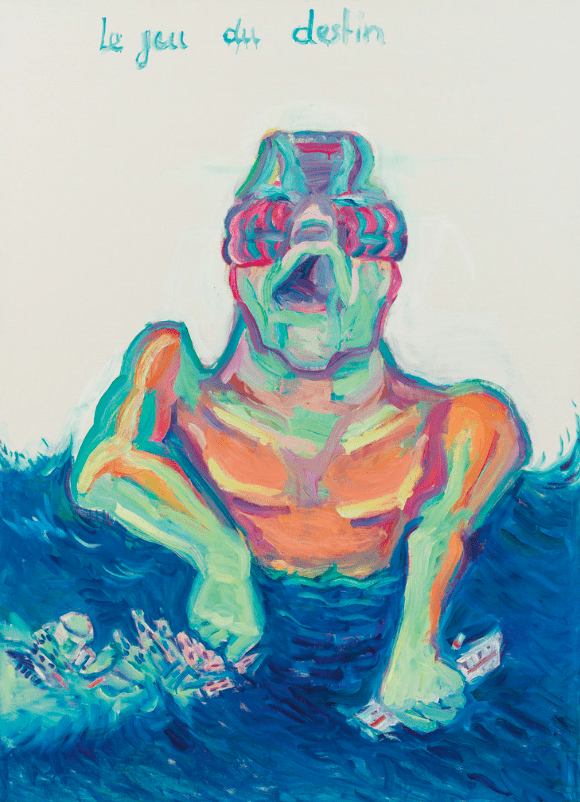
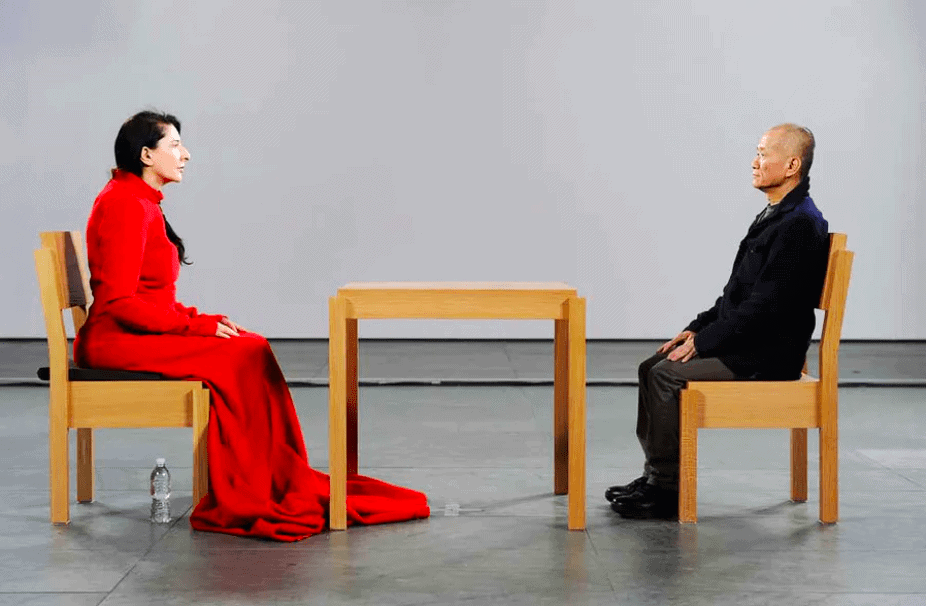
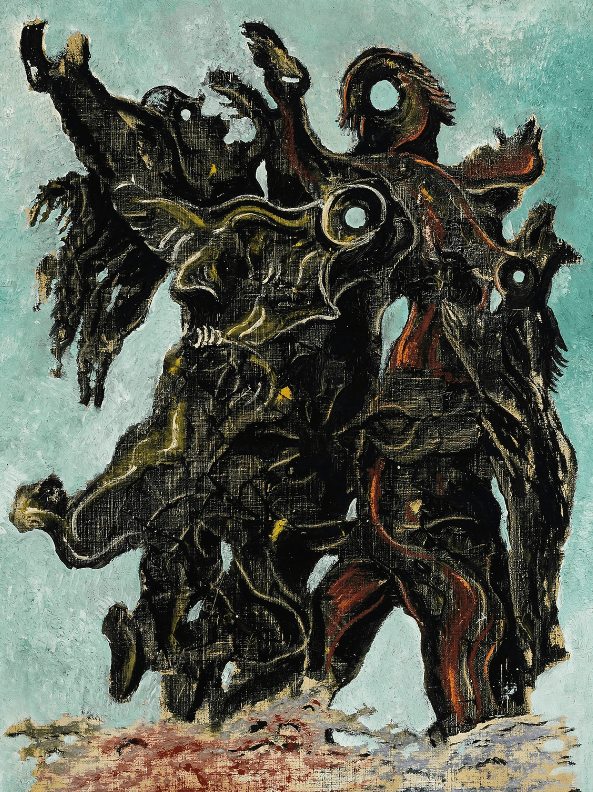
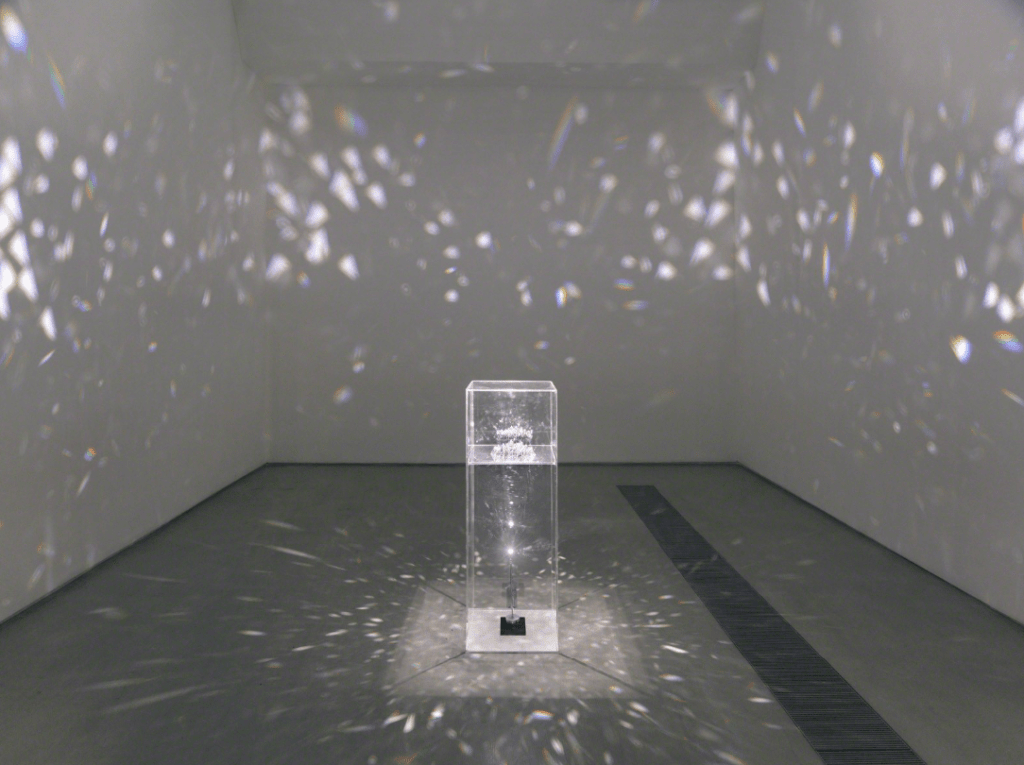
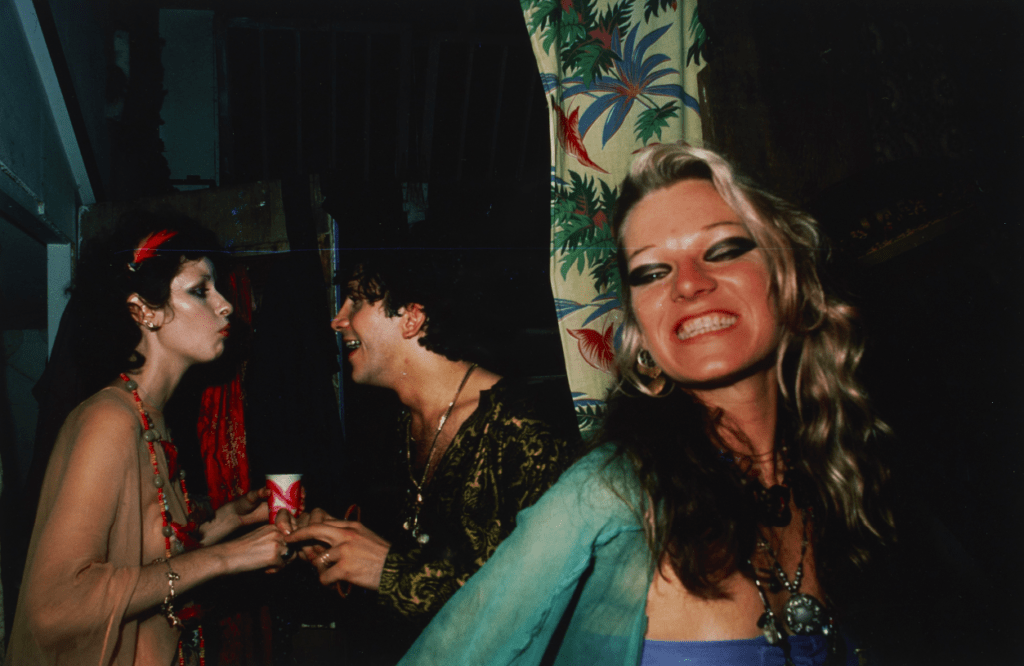
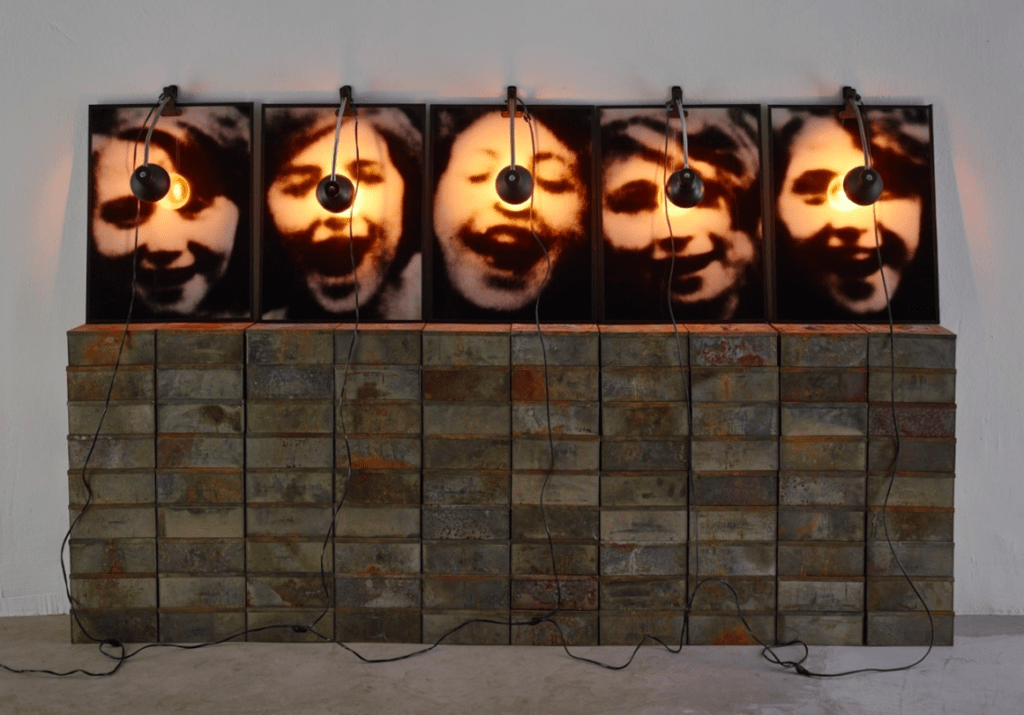
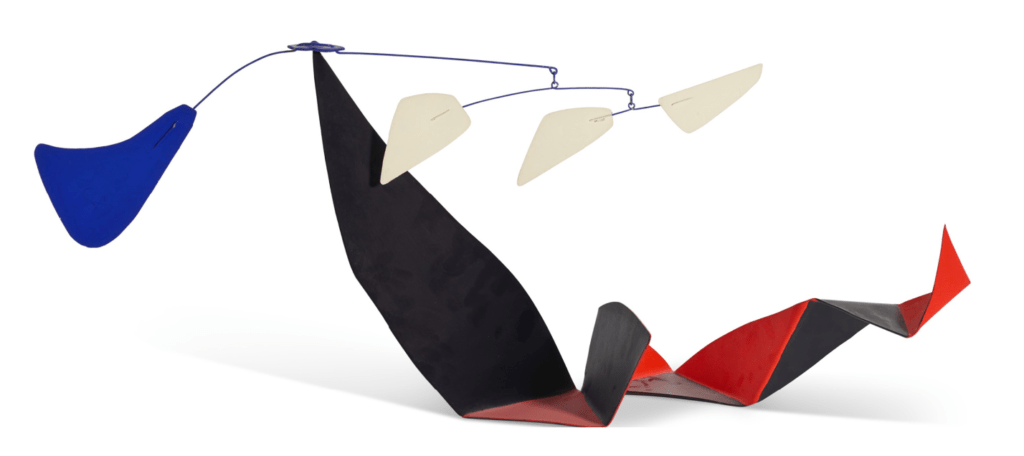
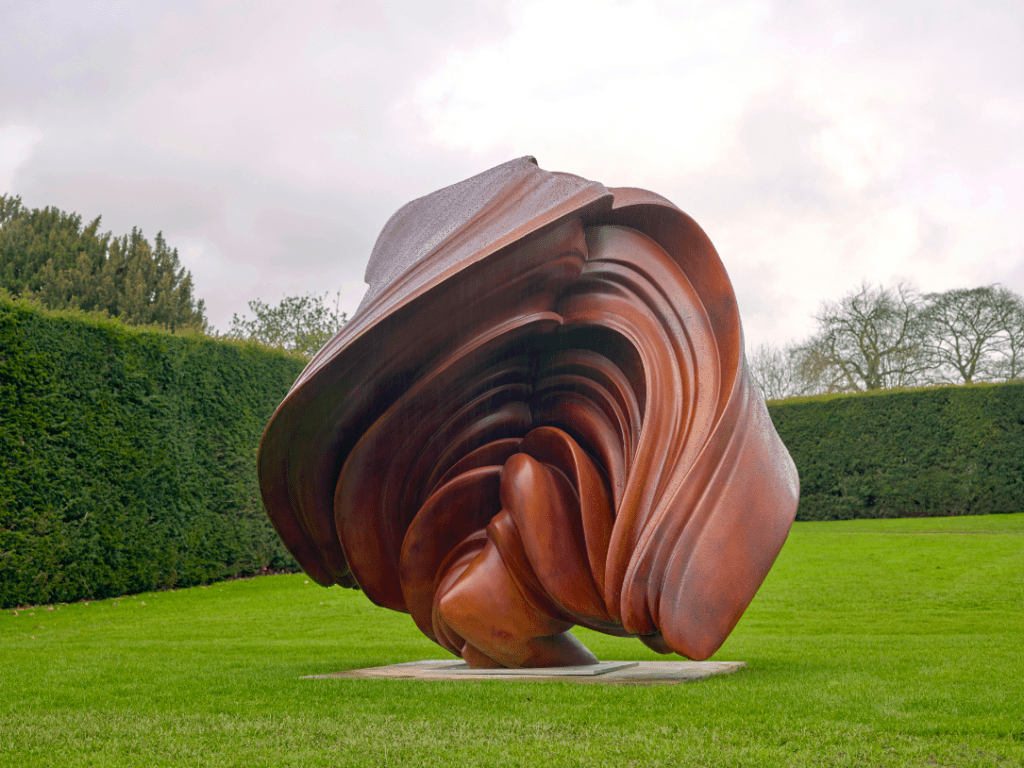
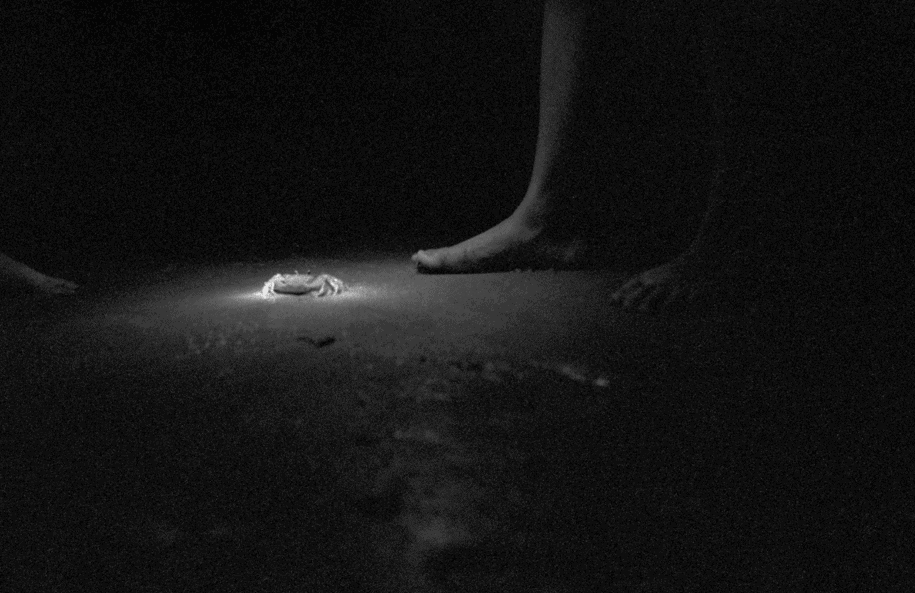
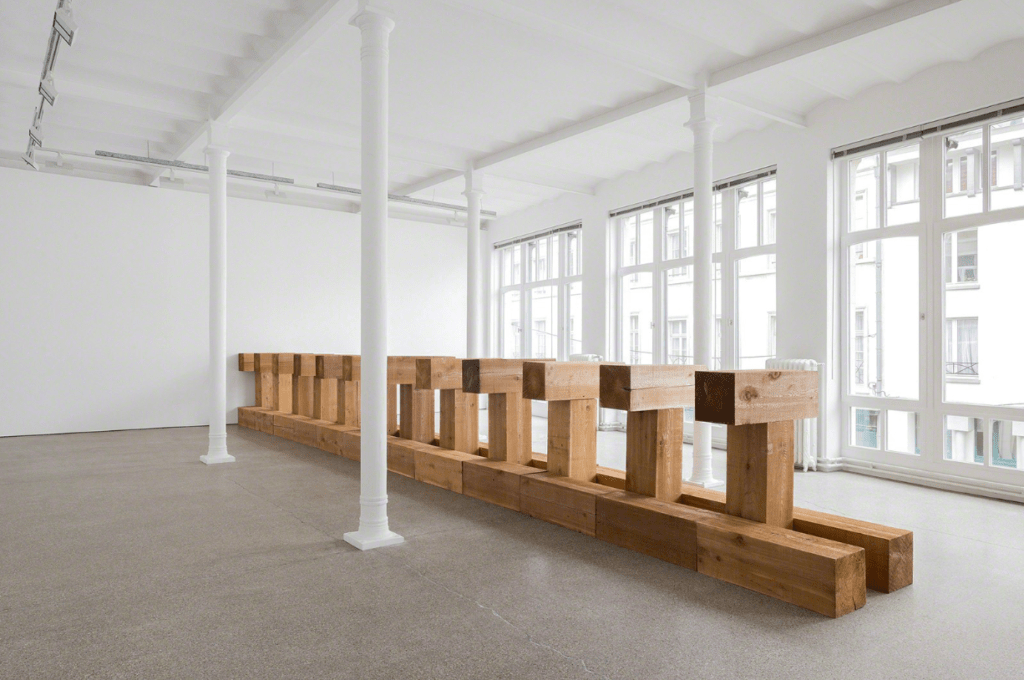
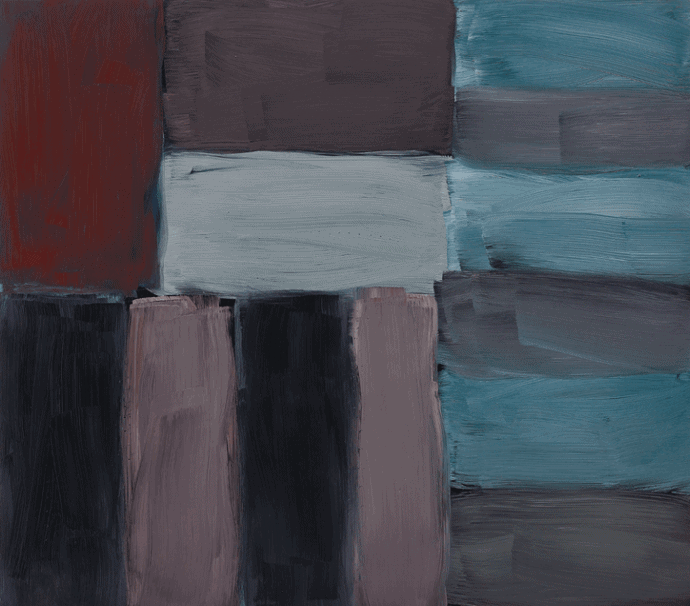
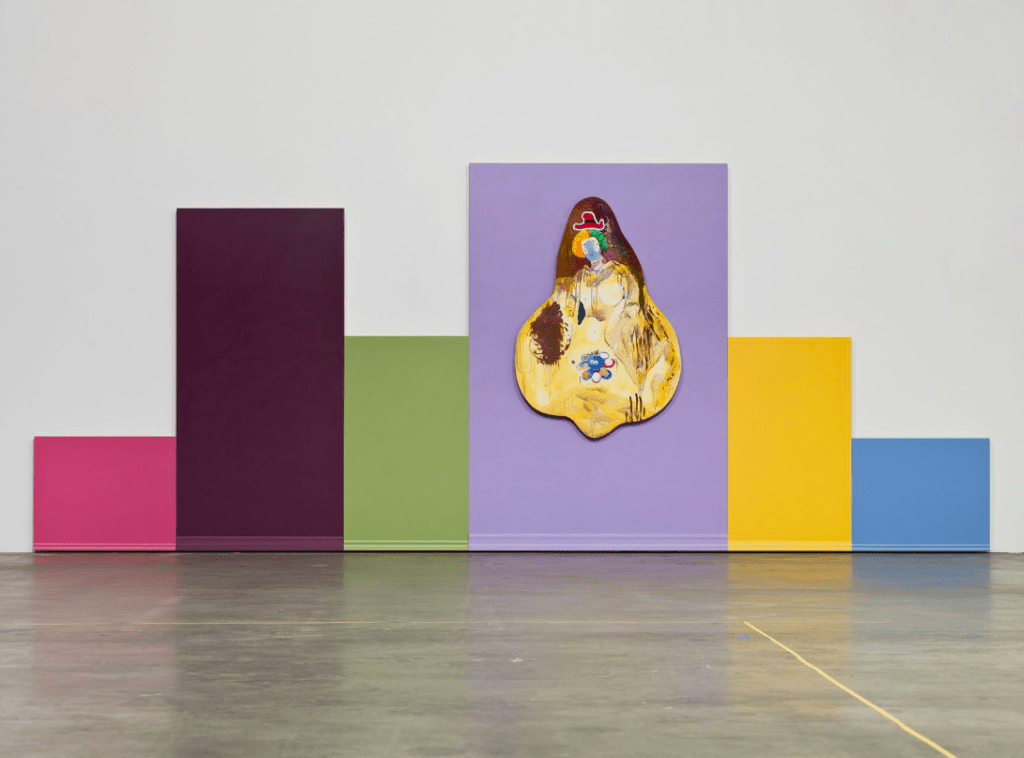
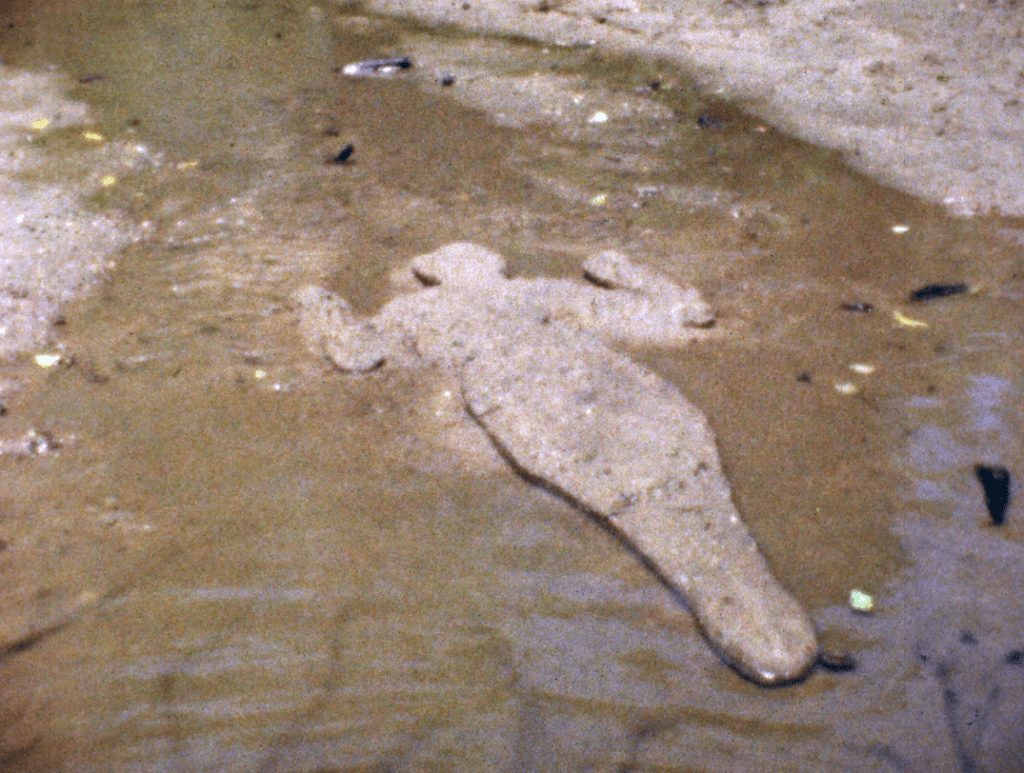
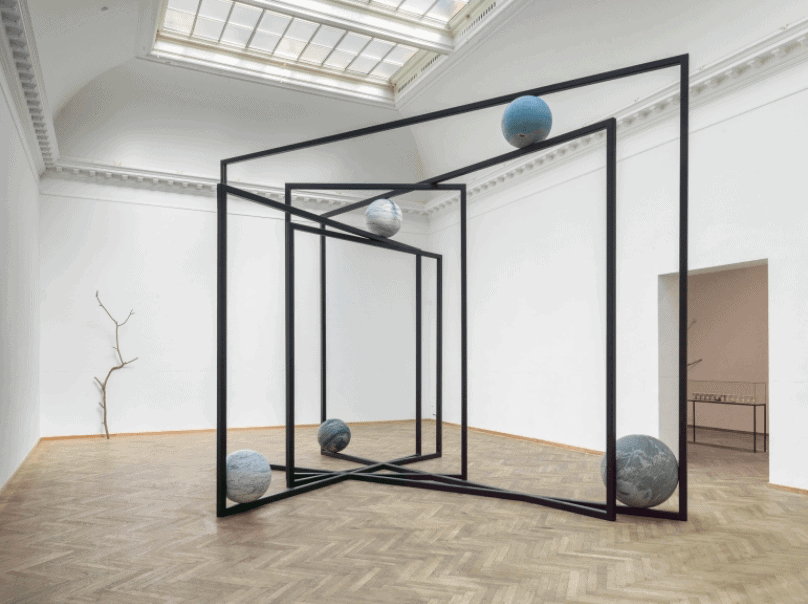
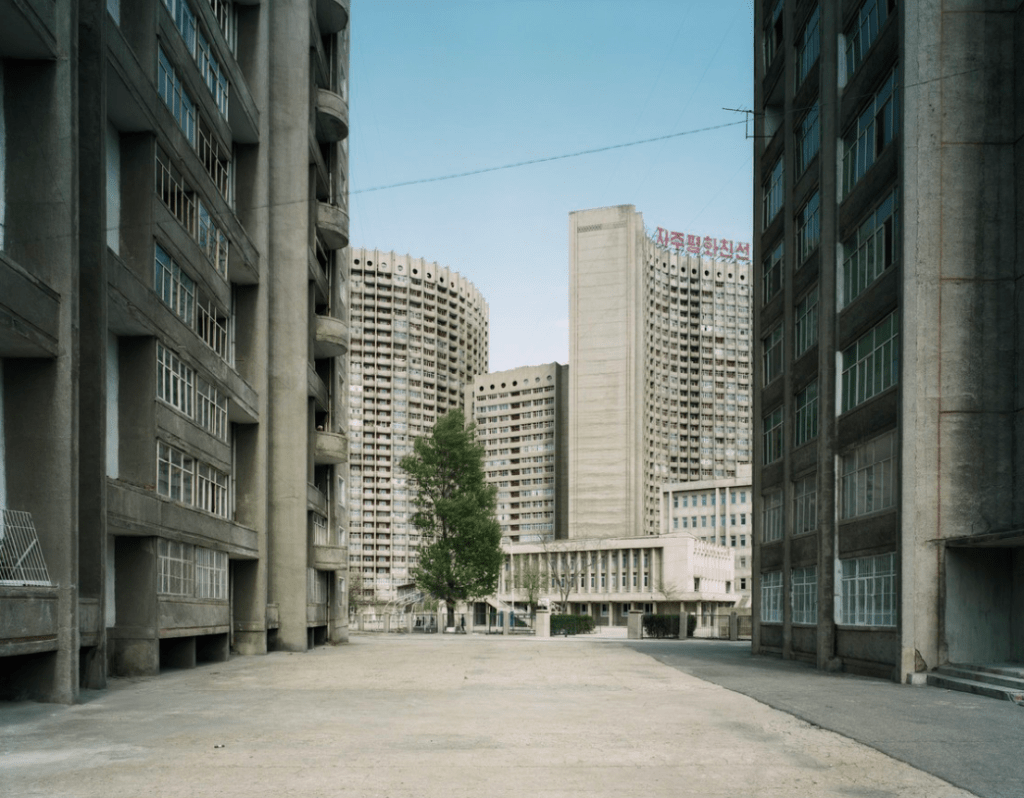
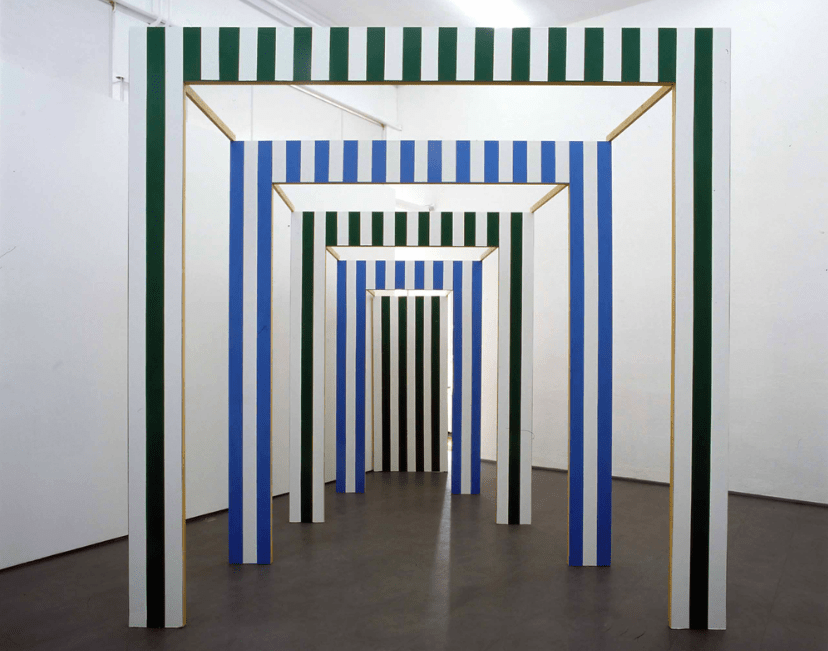
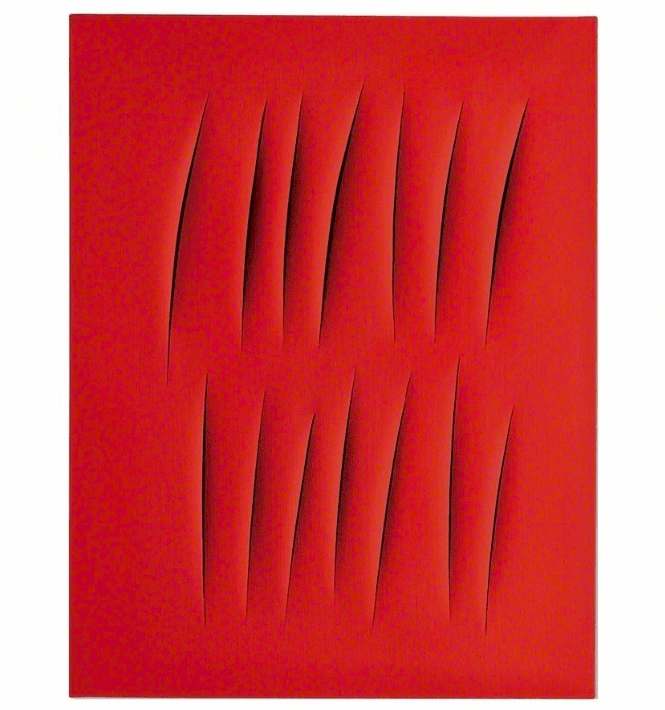
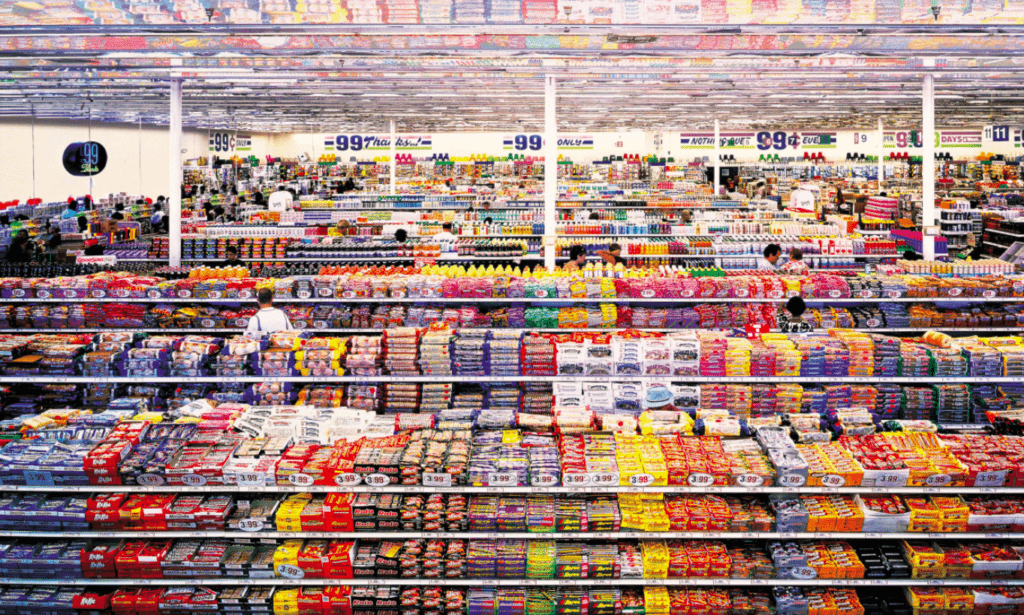
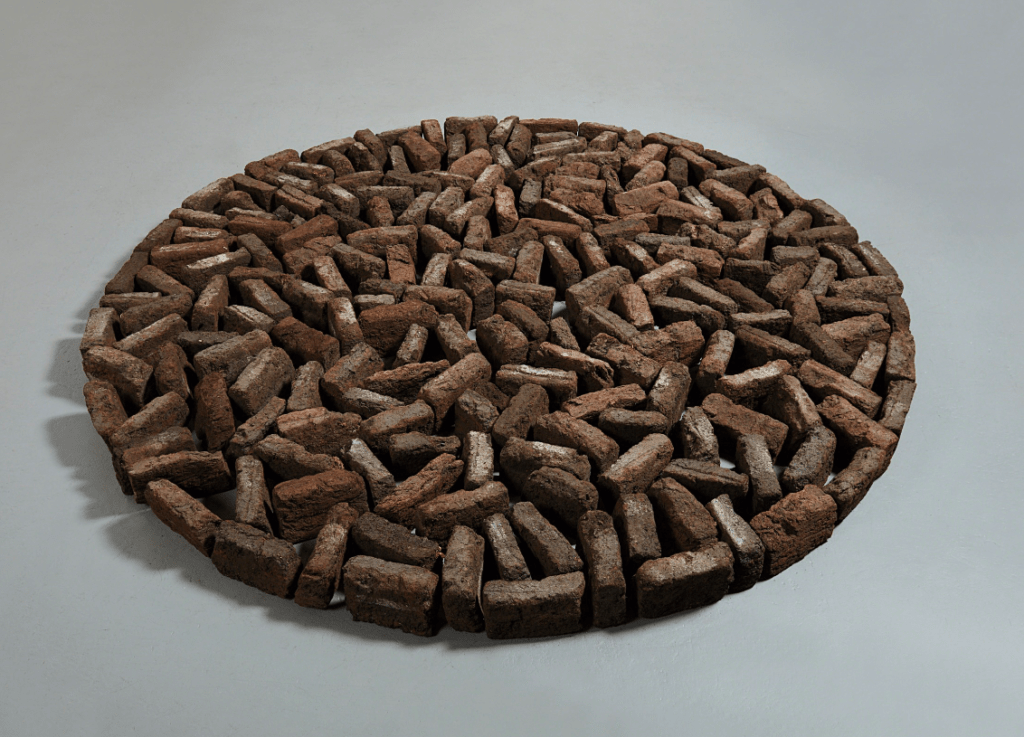
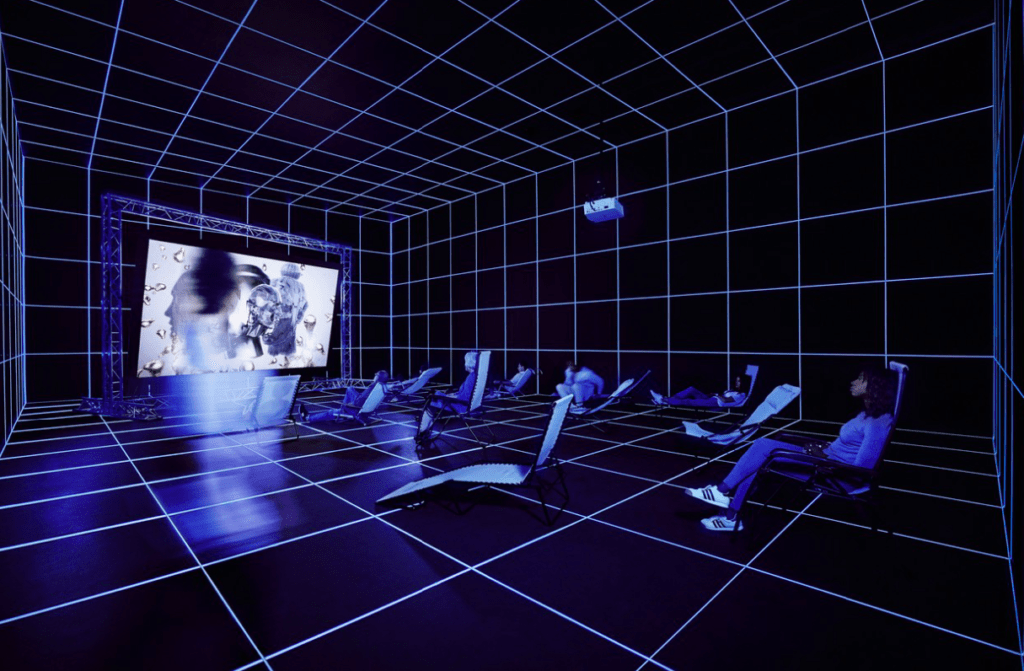
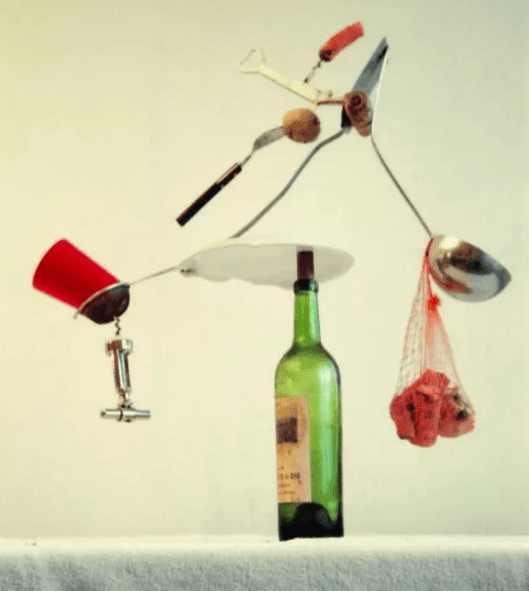
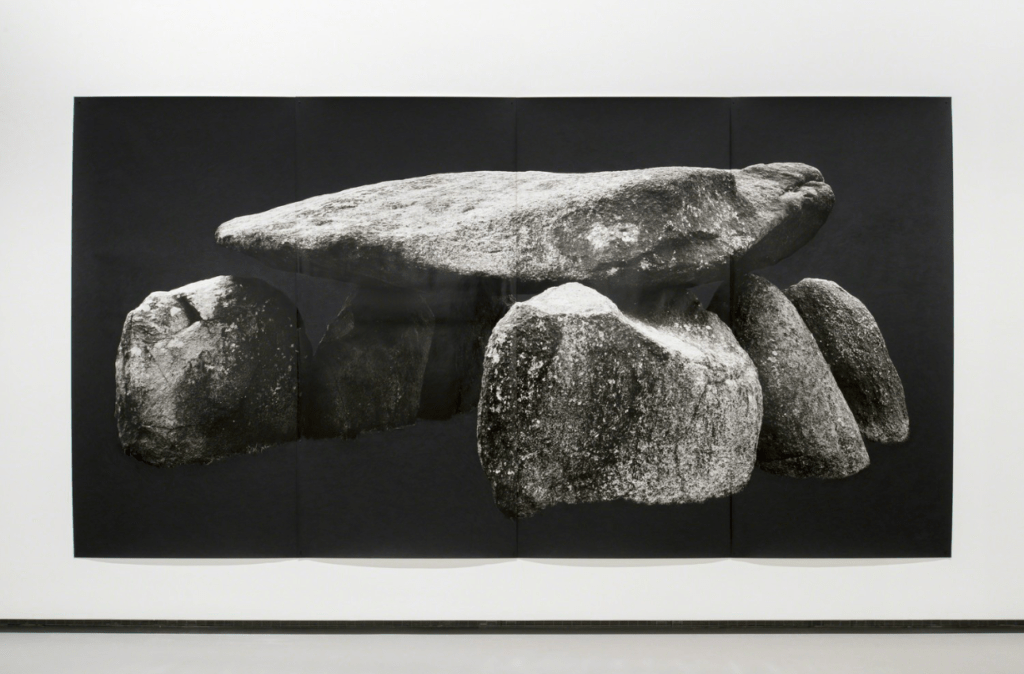
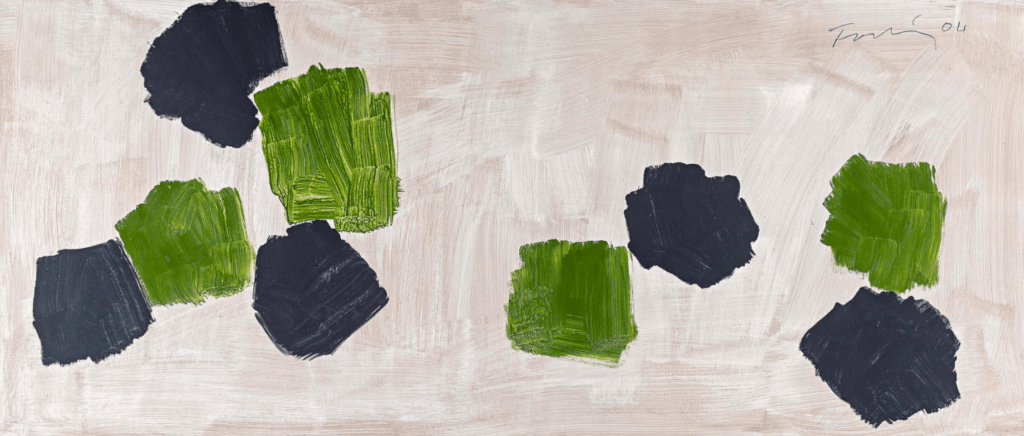
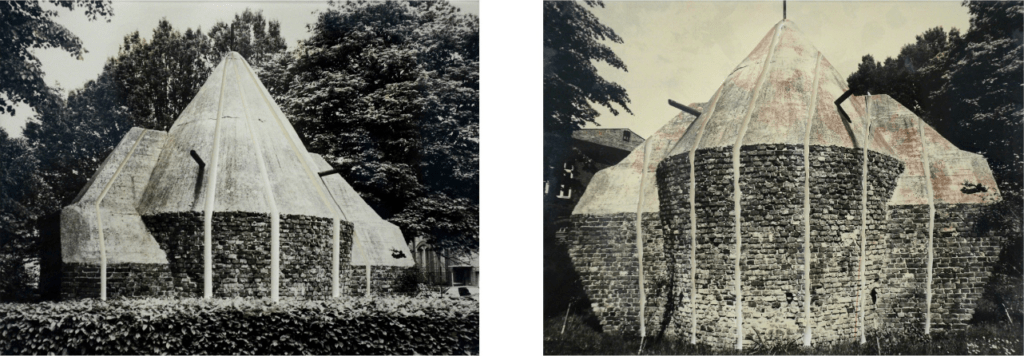
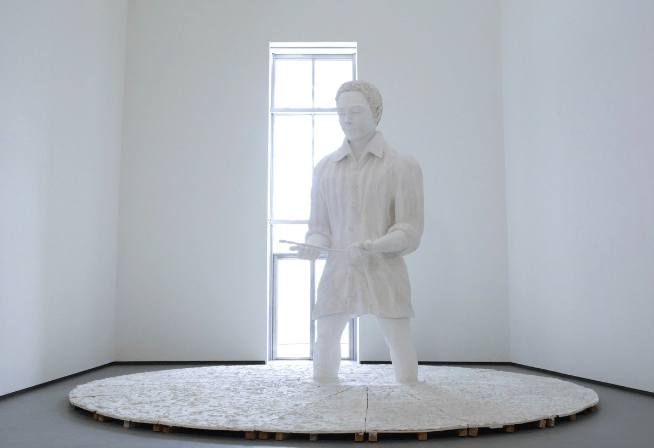
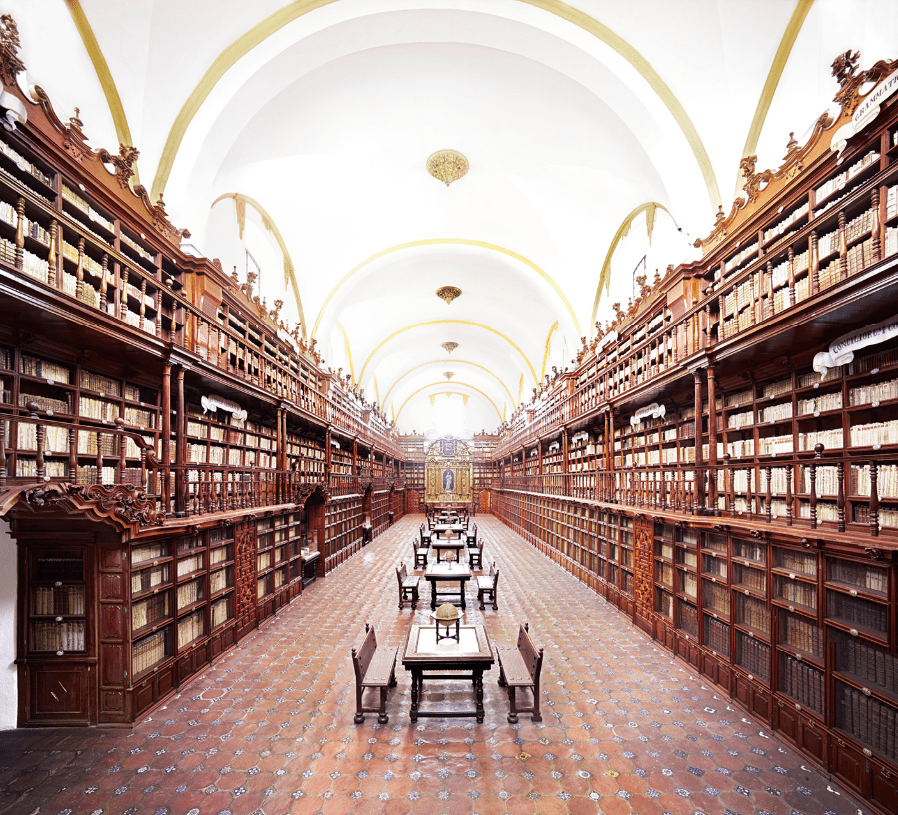
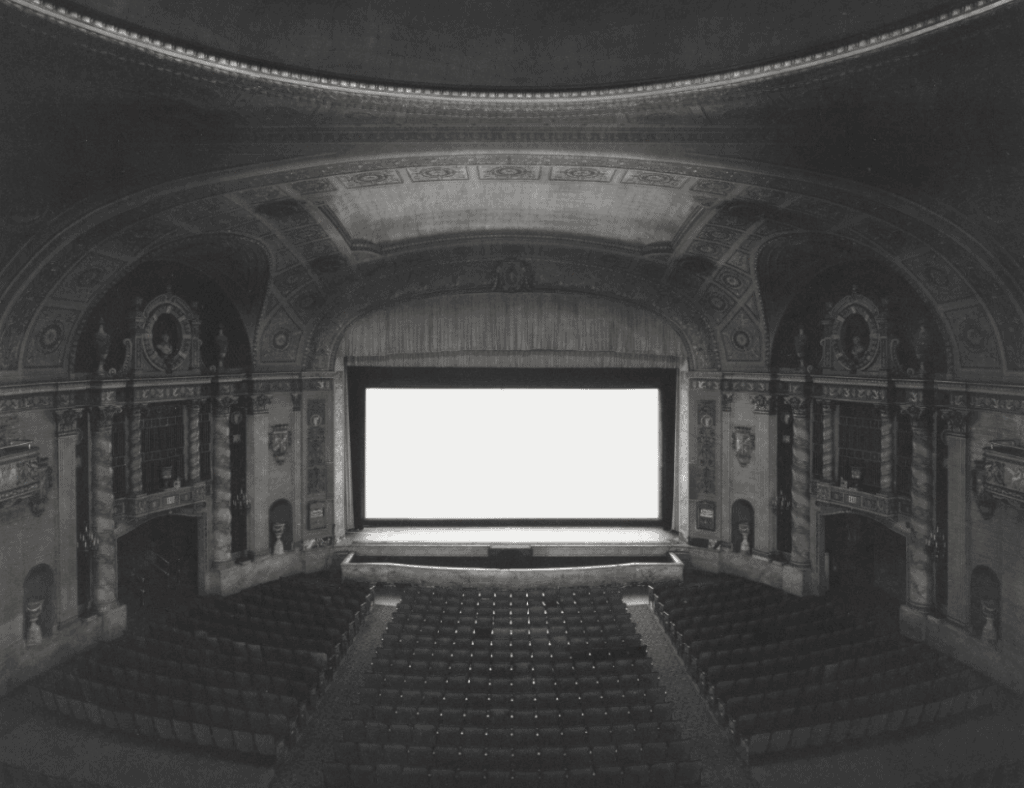
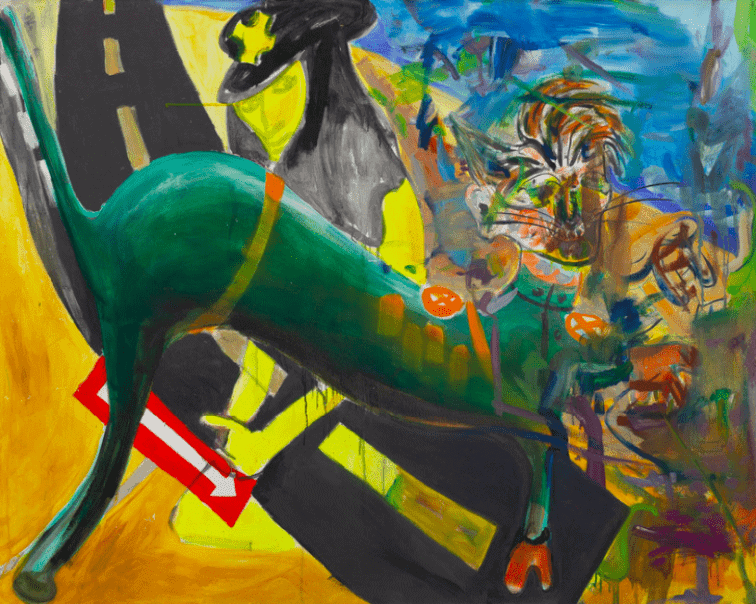
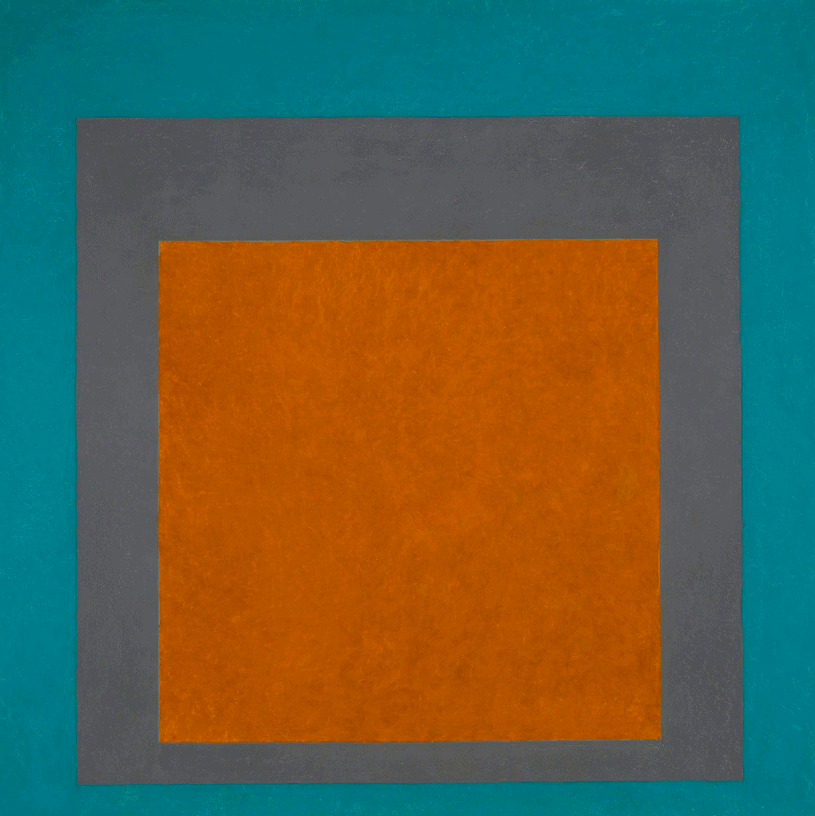
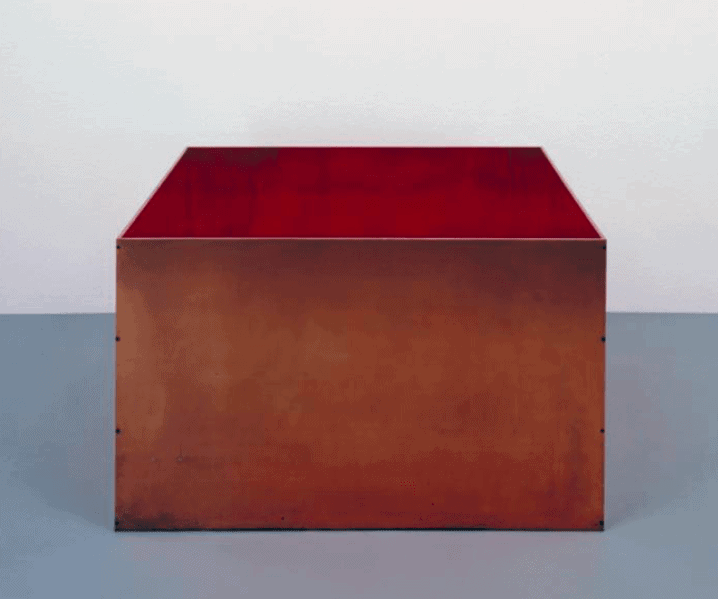
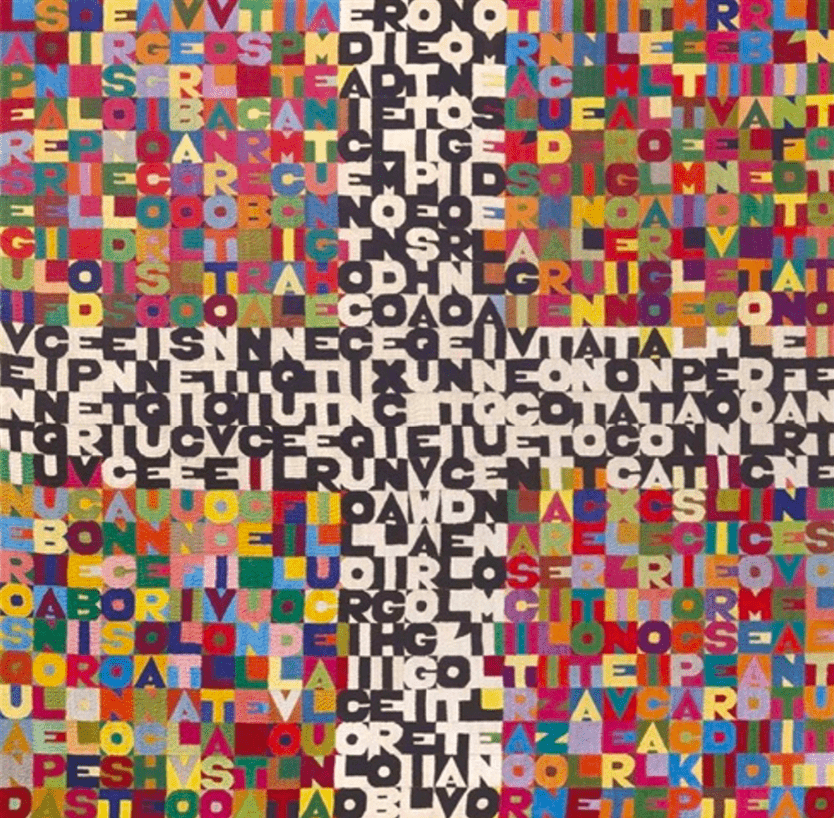
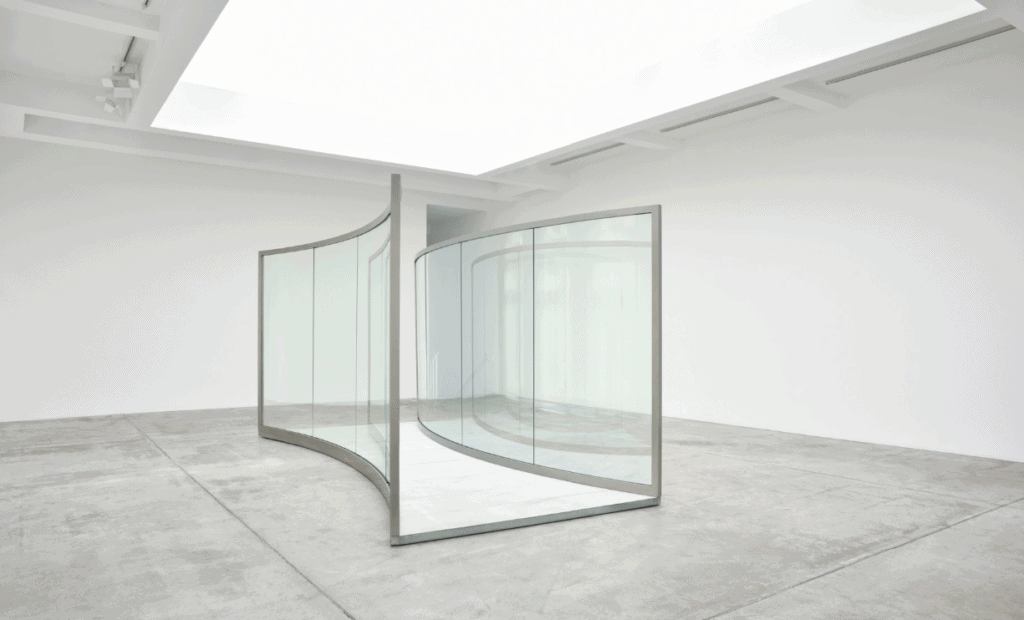
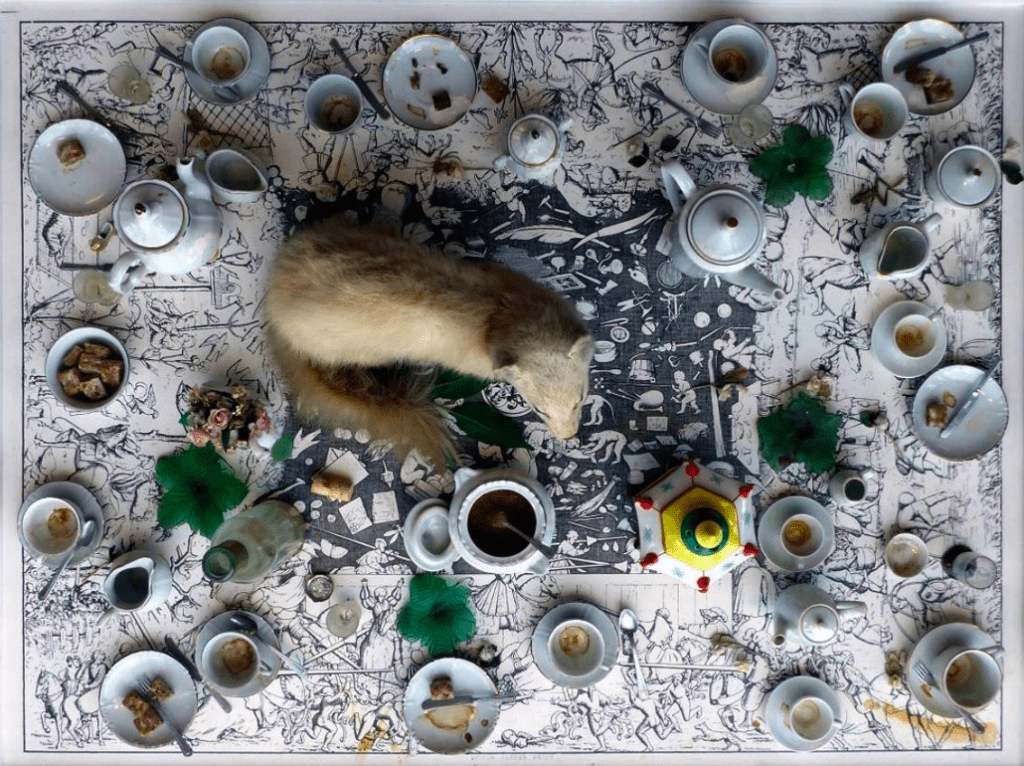
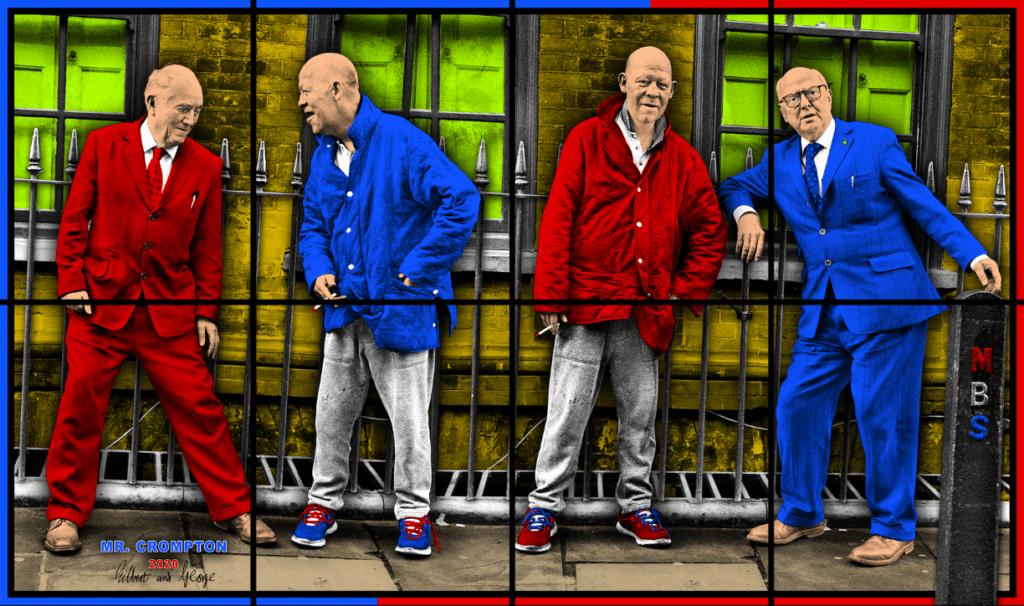
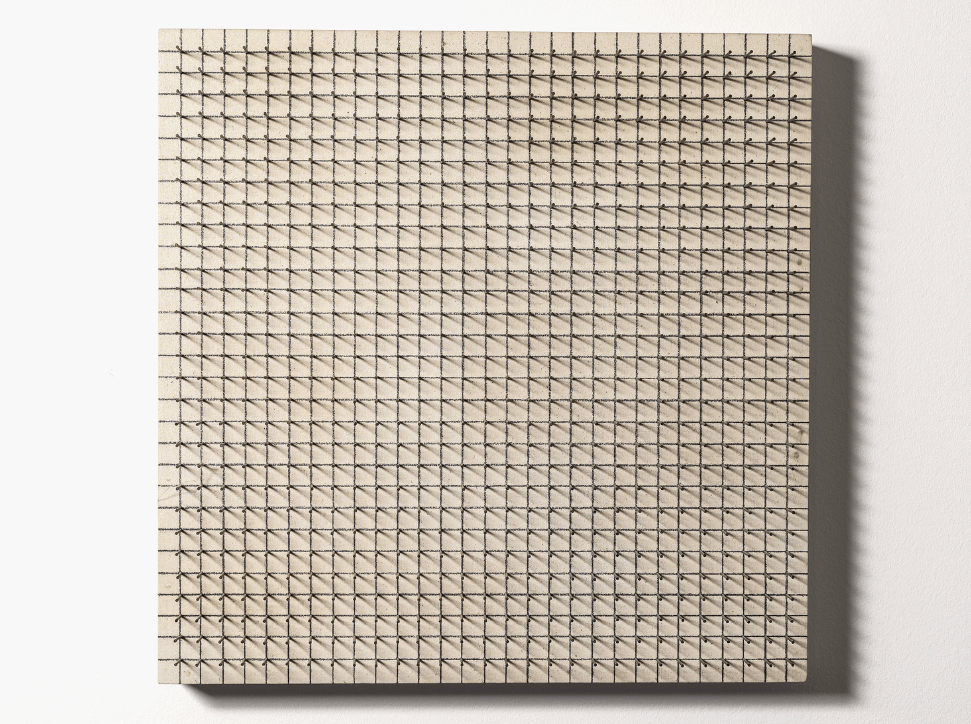
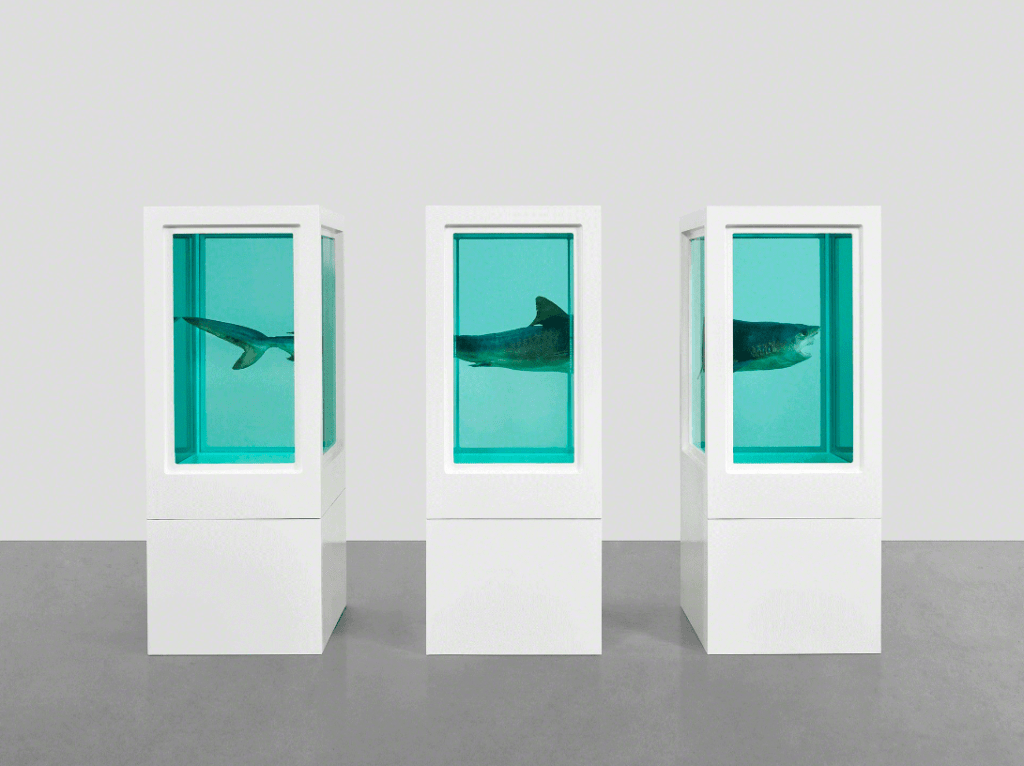
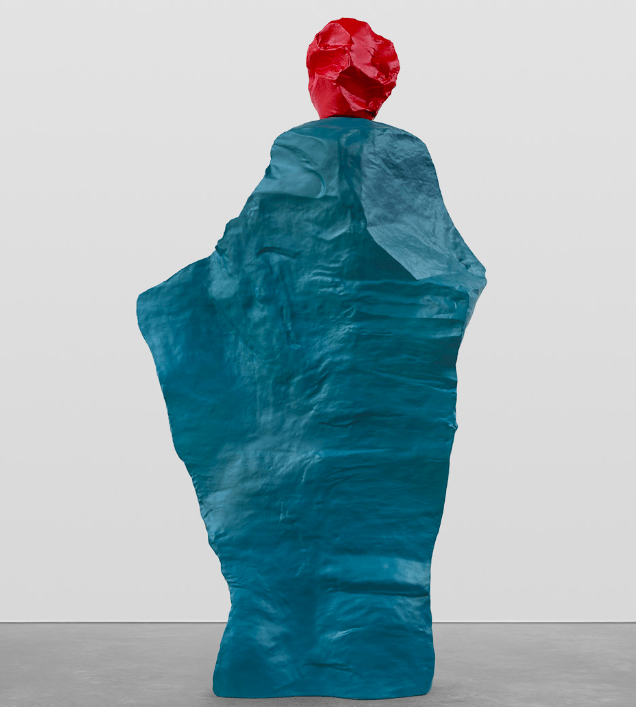
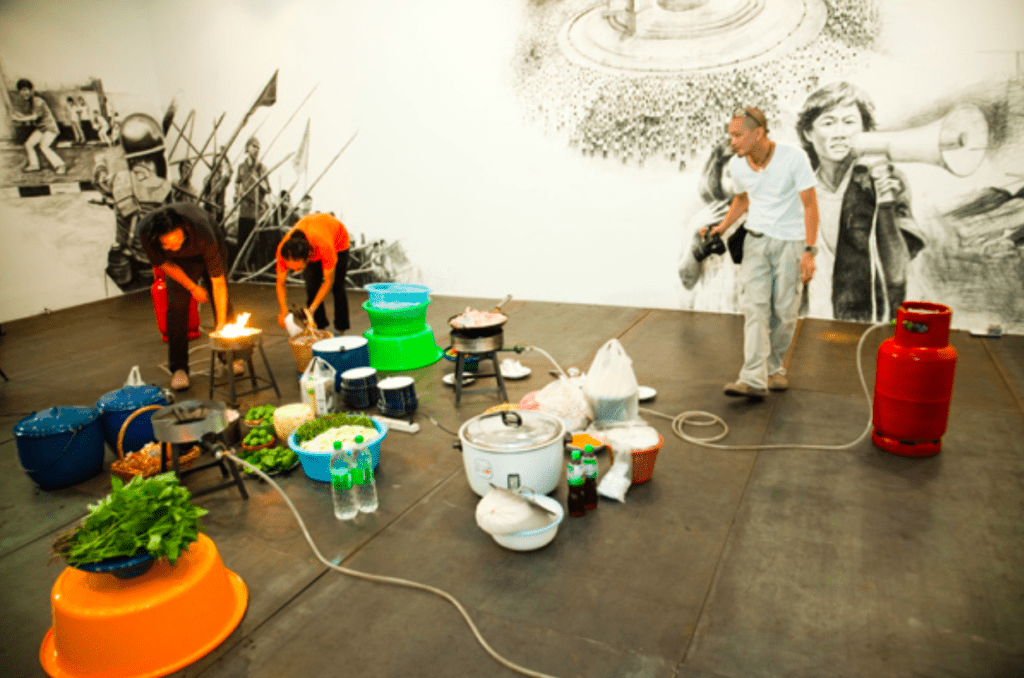
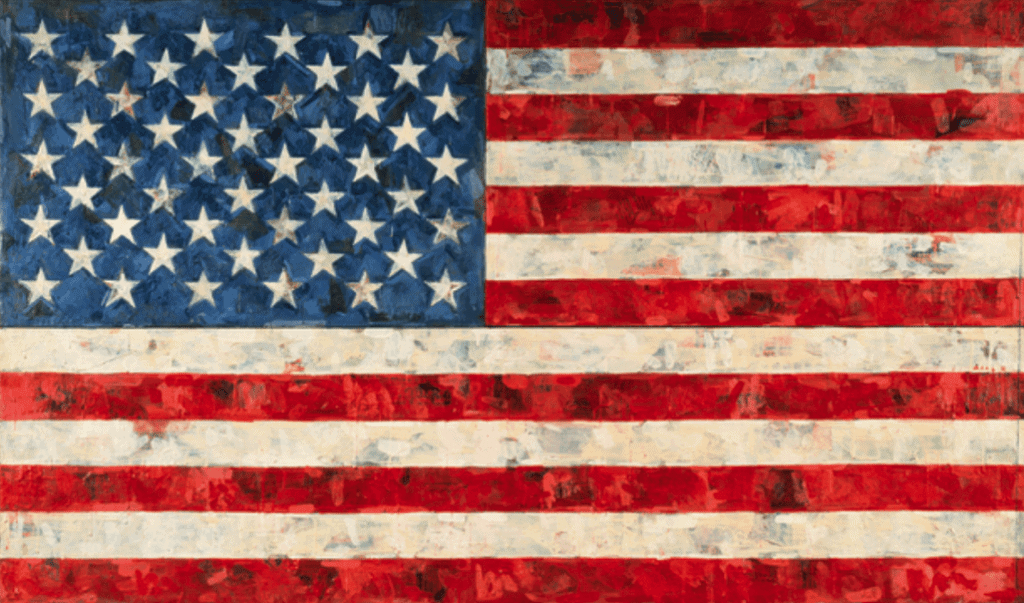
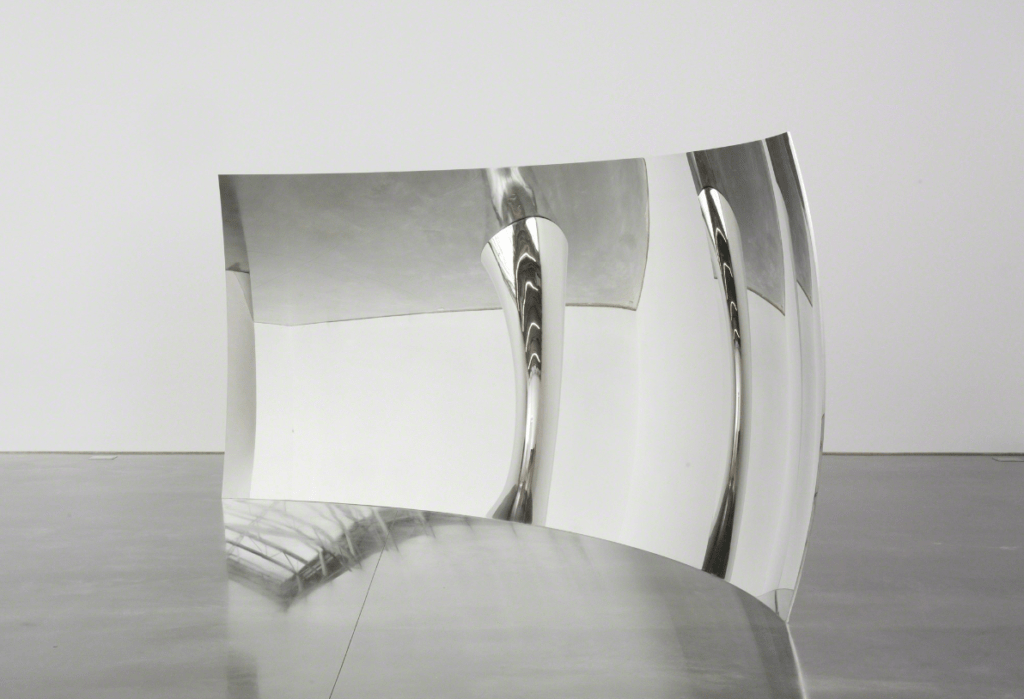
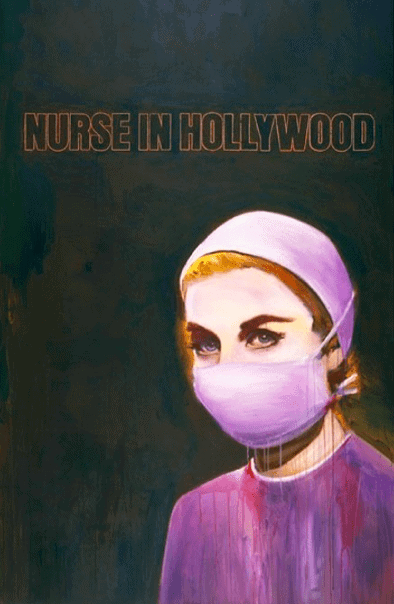
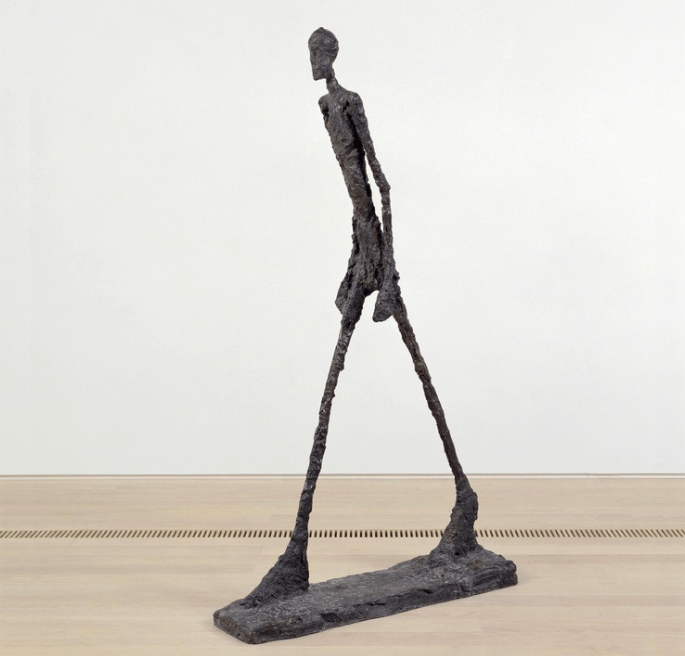
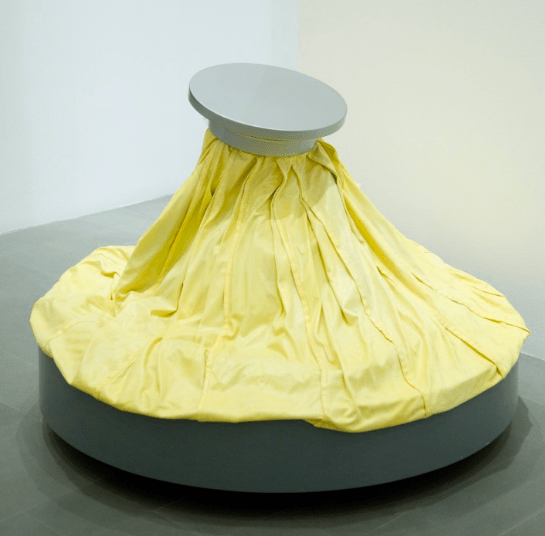
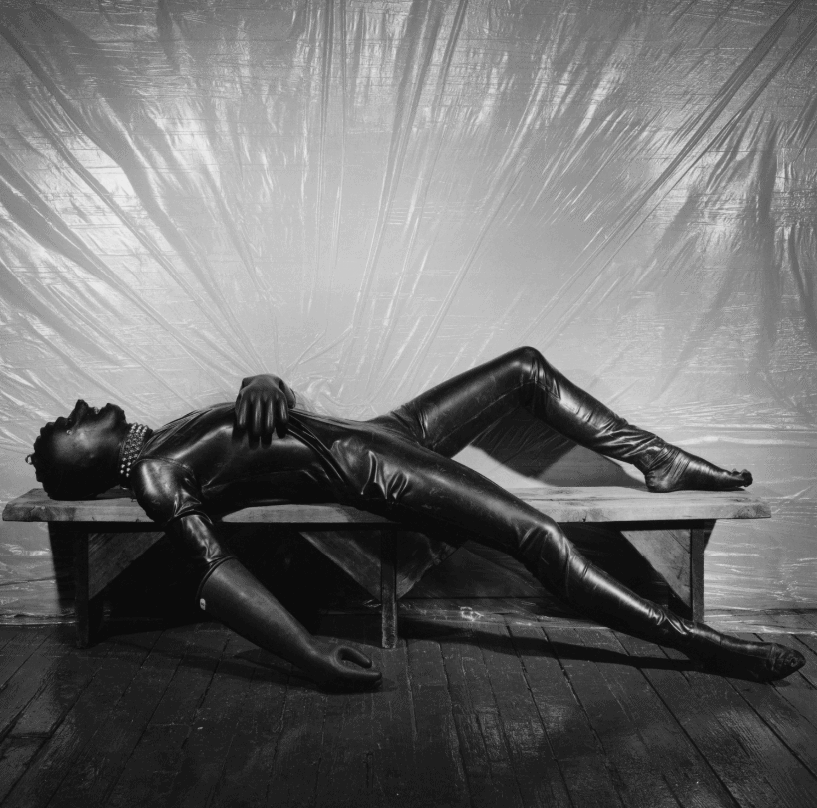
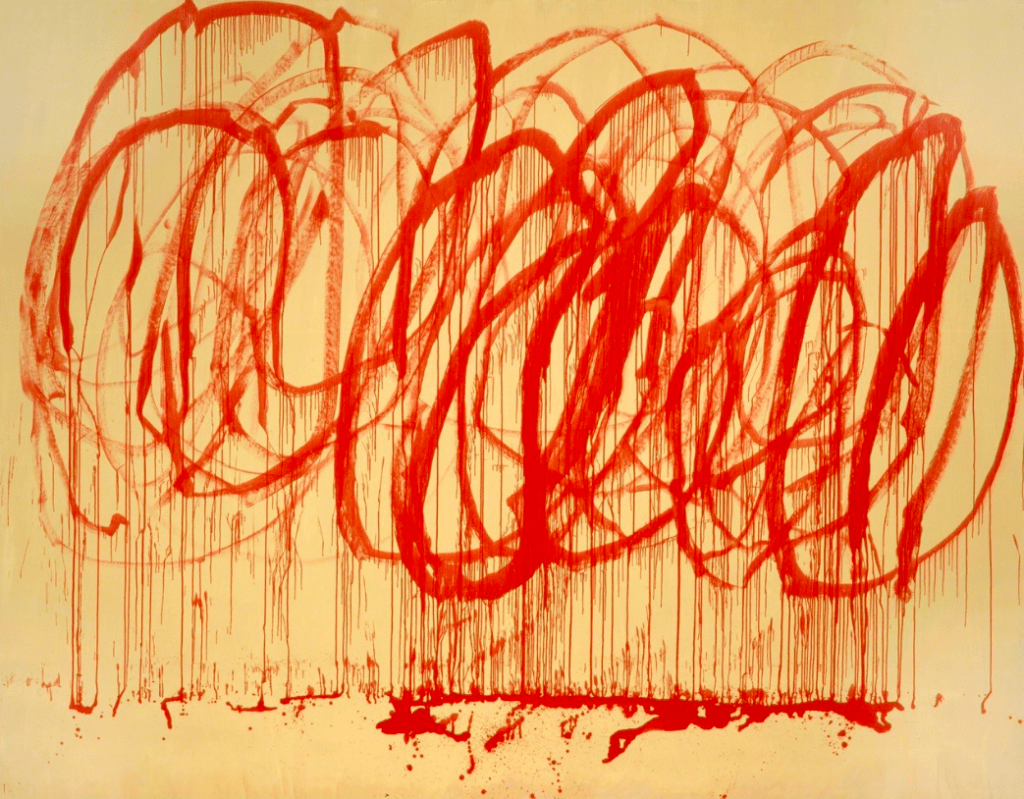
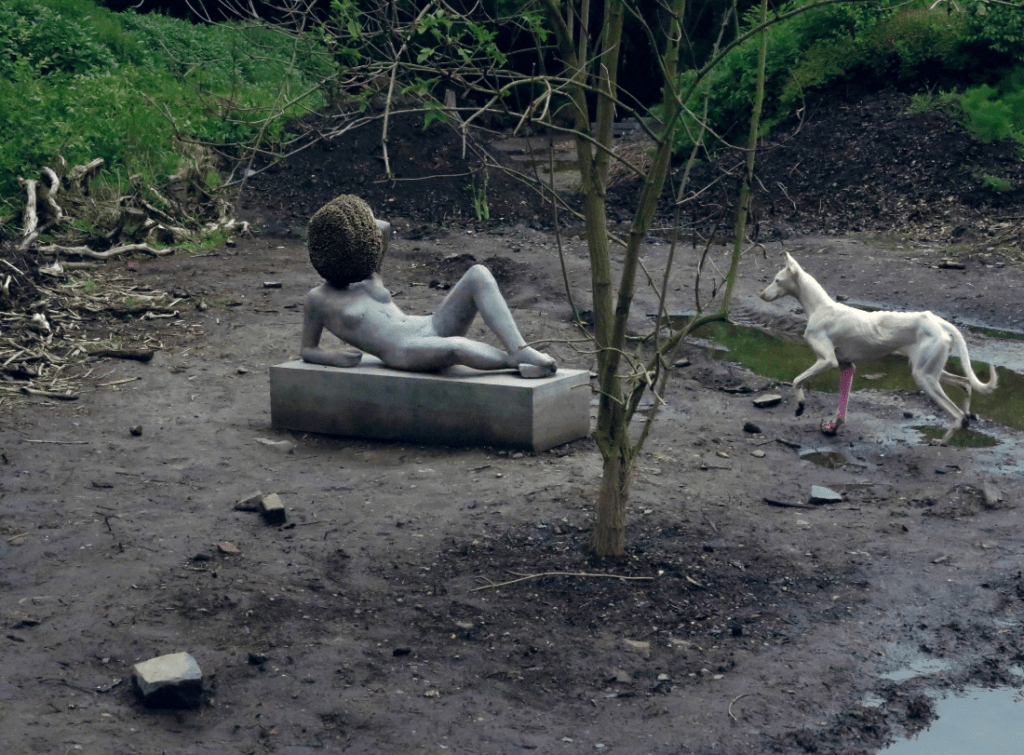
Last Updated on August 23, 2024

A Visual Anthology

Artists Wanted

A Step-by-Step Tutorial